Table of Contents
"Yamada Tenmangu Shrine" is a 7-minute walk from "Ozone Station", the main terminal station in Kita Ward, Nagoya City.
It is one of the three major Tenjin shrines in Nagoya, and many people visit it to pray for passing exams.
It is also attractive that there are many shrines that can be visited for different prayers in one place. This time, we will introduce various attractions such as things and things related to shrines, mainly Yamada Tenmangu Shrine, Kogane Shrine, and Ontake Shrine.
History of Yamada Tenmangu Shrine
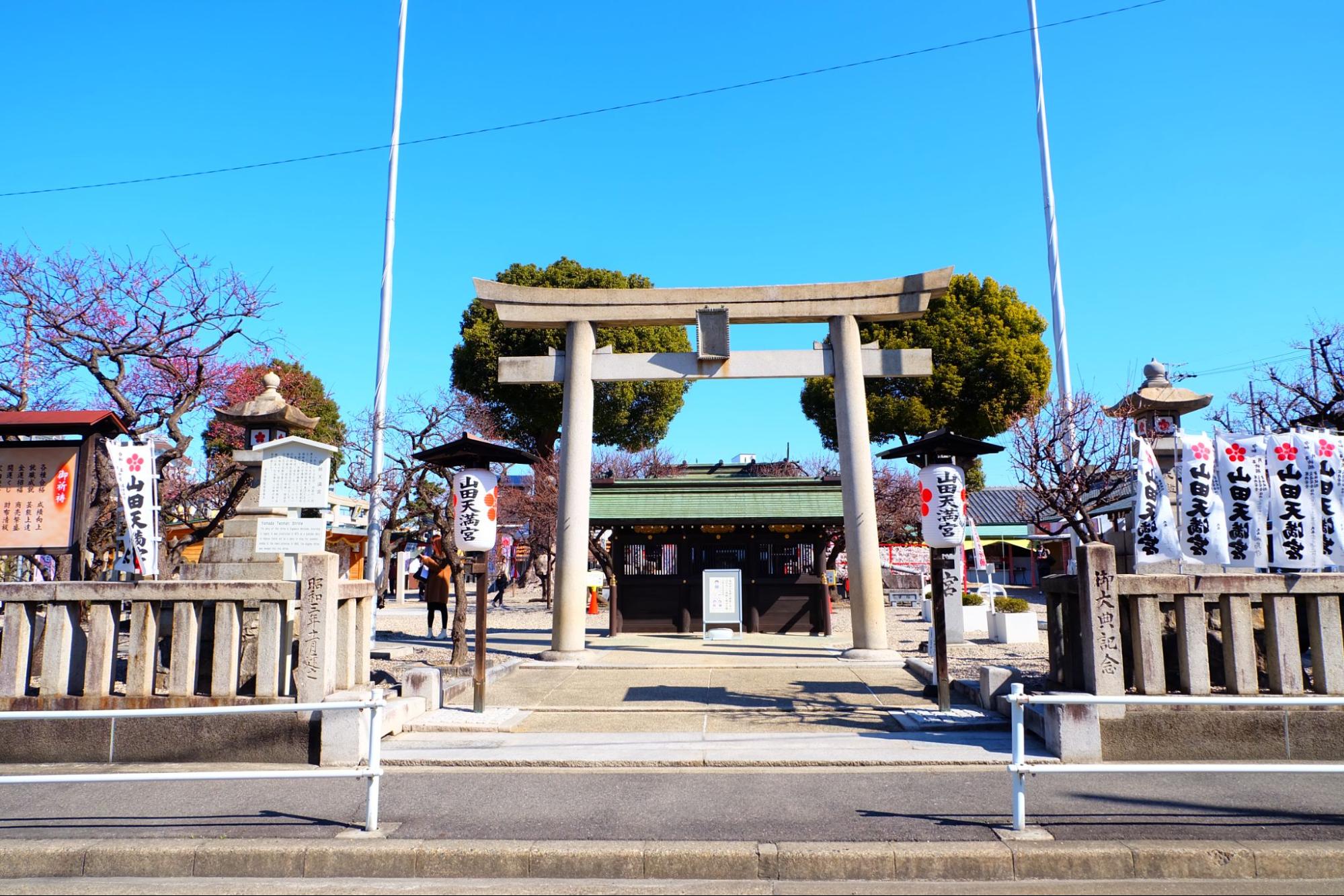
The shrine was founded in 1672 by the second lord of Owari, Mitsutomo Tokugawa, following the educational politics of the fourth shogun, Ietsuna, to encourage local learning.
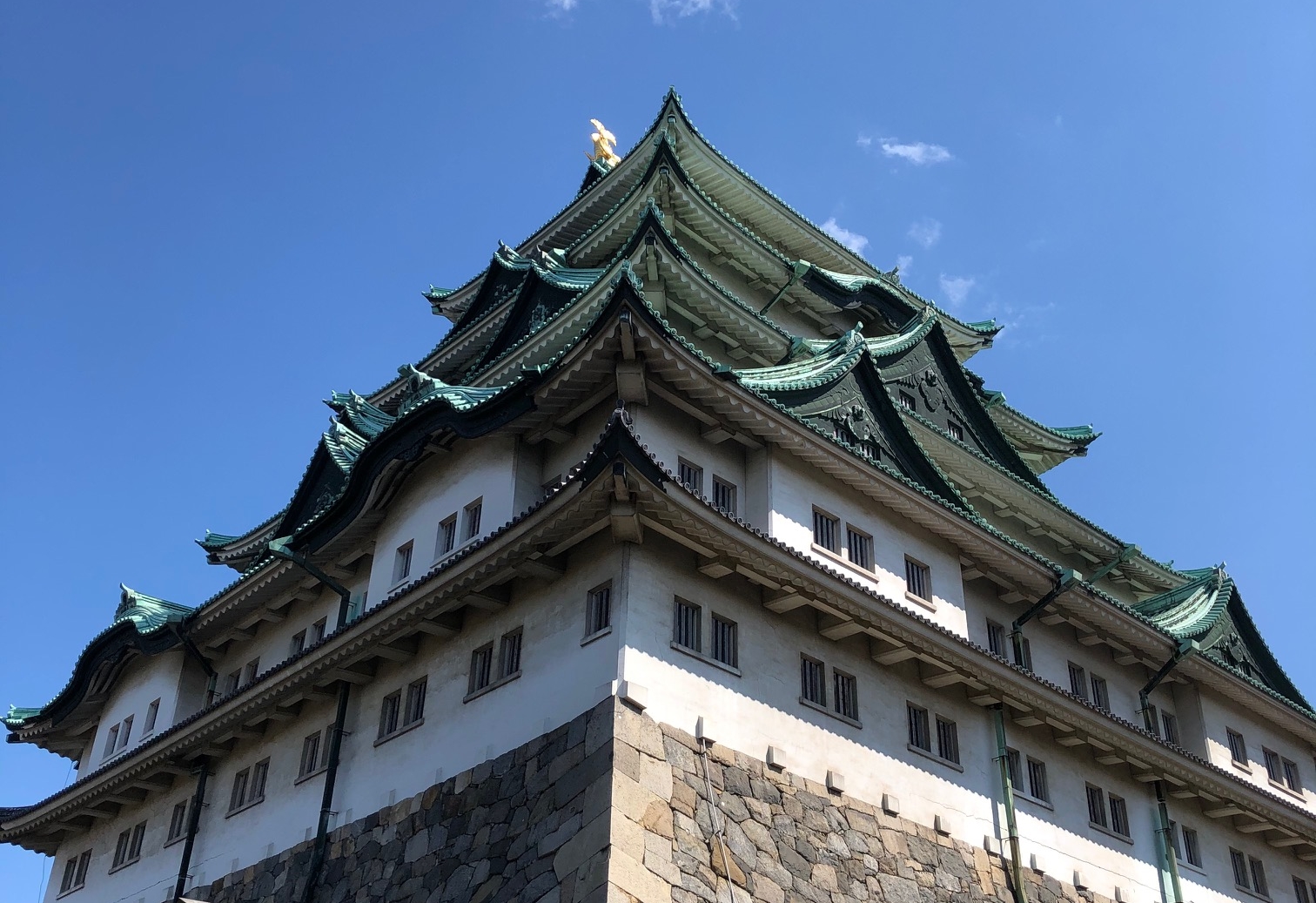
Yamada Tenmangu Shrine is considered to be the "demon gate (northeast)" when viewed from Nagoya Castle, and it seems that there was also the implication of blocking the demon gate. Therefore, it is also revered as "Happo Yoke Guardian God" who removes all disasters.
*Kimon: A direction that has been considered abominable since ancient times as a place where evil spirits (demons) enter and exit.
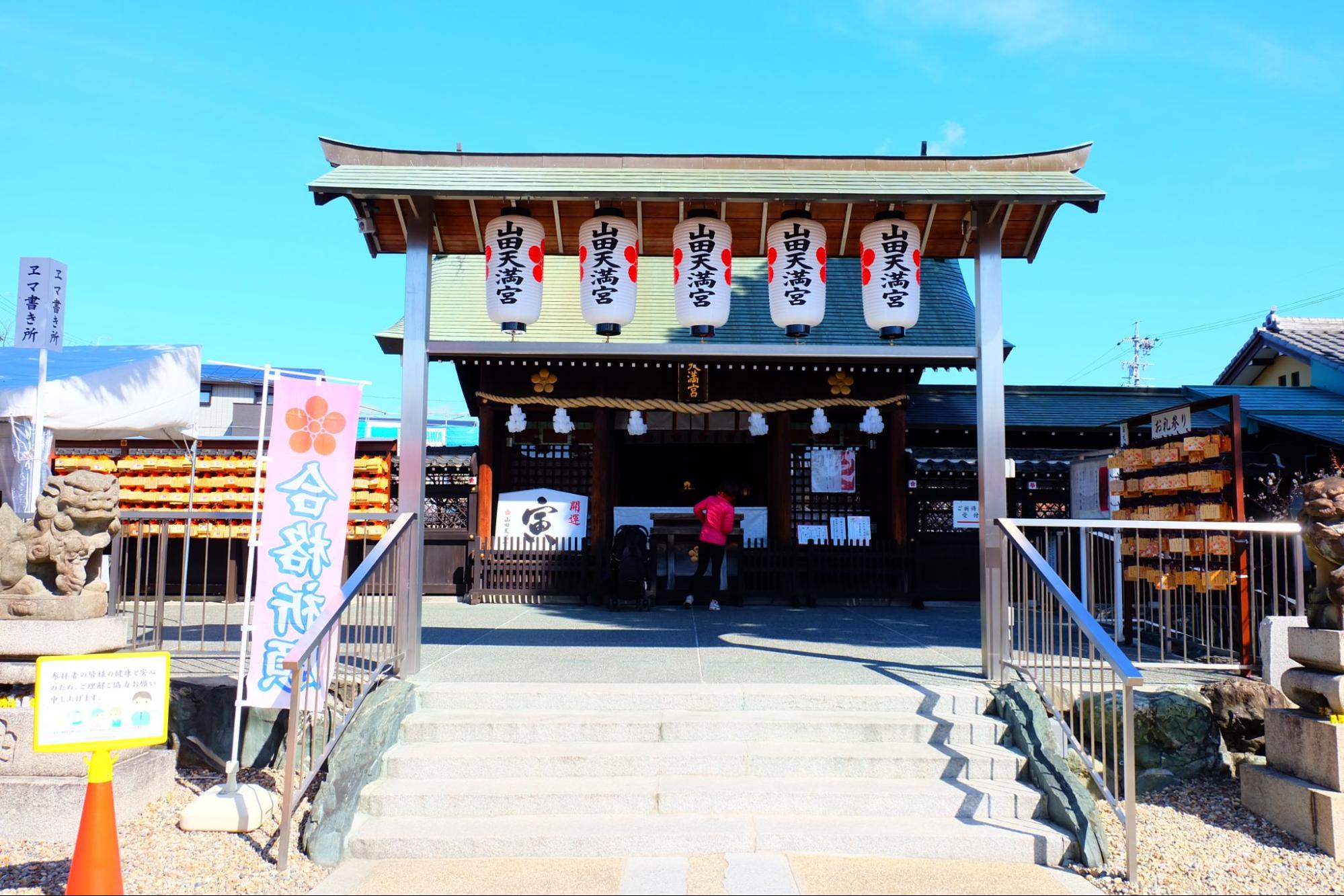
Tenmangu Shrine enshrines Sugawara no Michizane, commonly known as "Tenjin", who is known as the god of learning. Therefore, it is a reassuring existence for students who visit to pray for passing exams during the exam season.
We will introduce three items that are deeply related to Michizane, along with the reasons why. Be sure to check it out when you visit Tenmangu!
Three things deeply related to Sugawara no Michizane
Part 1 "Cow"
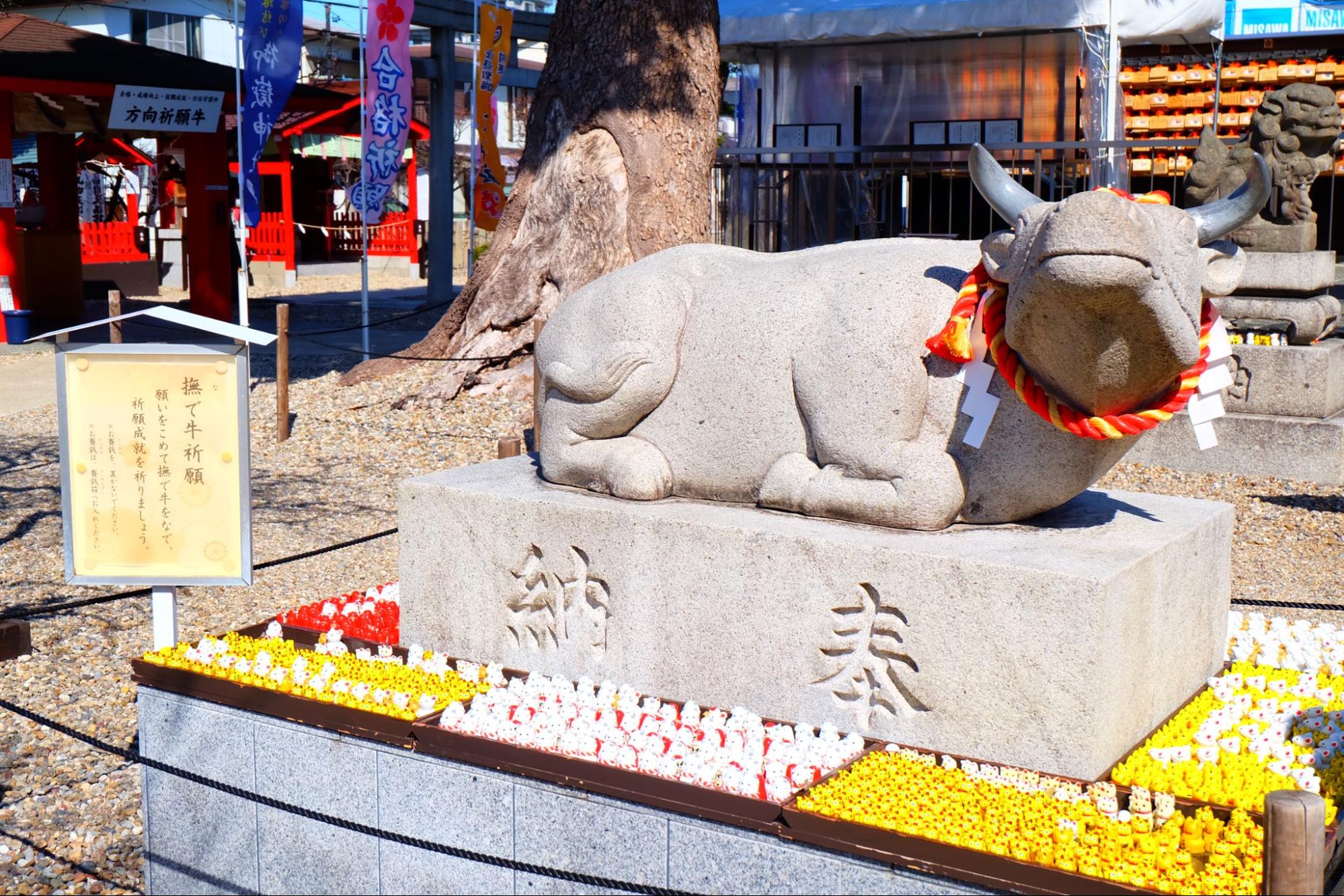
At Tenmangu Shrine, you will definitely see “cow”. There are some enshrined in the precincts of Yamada Tenmangu Shrine, but there are many pilgrims who touch the 'Nadeushi' on both sides of the approach to the shrine, and it is said that it is good to make a wish by stroking them.
So why is Michizane and the cow related?
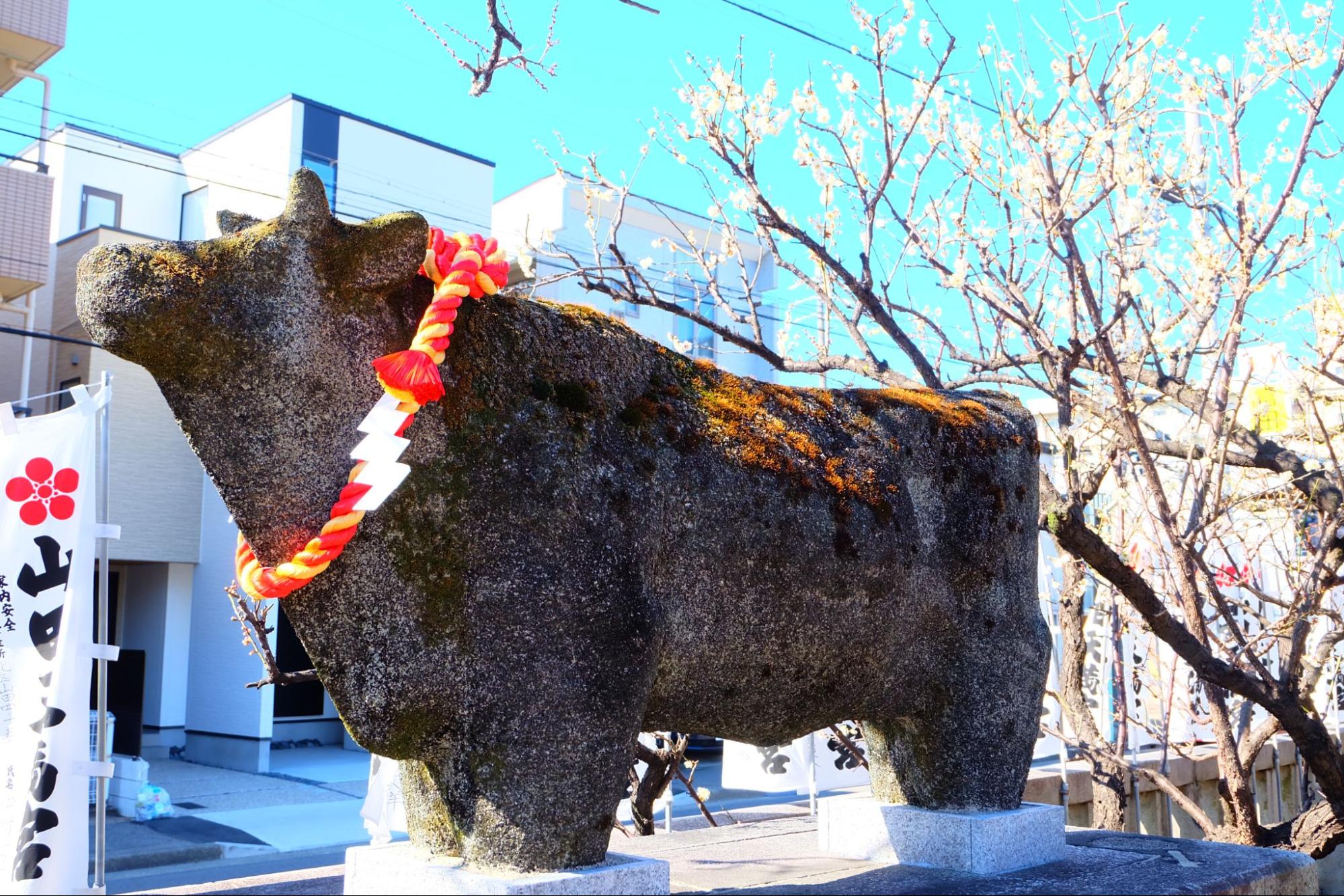
There are several reasons for this, including the fact that Michizane was born in the year of the ox, that he was affectionate to him when he was a child, and that he safely rode a cow when he was demoted to Dazaifu. For these reasons, cows are considered messengers of Tenjin.
Part 2 "Ume (plum)"
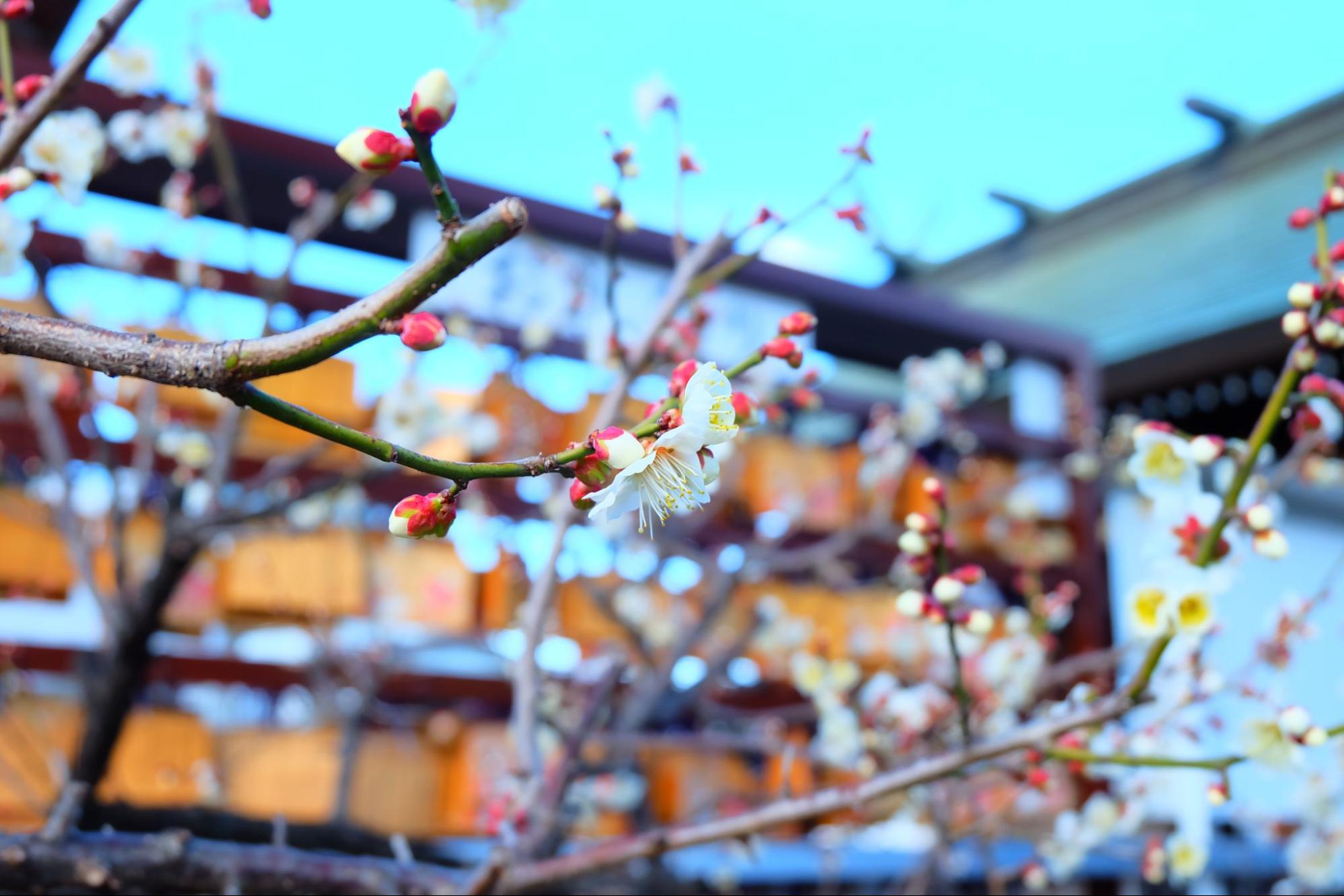
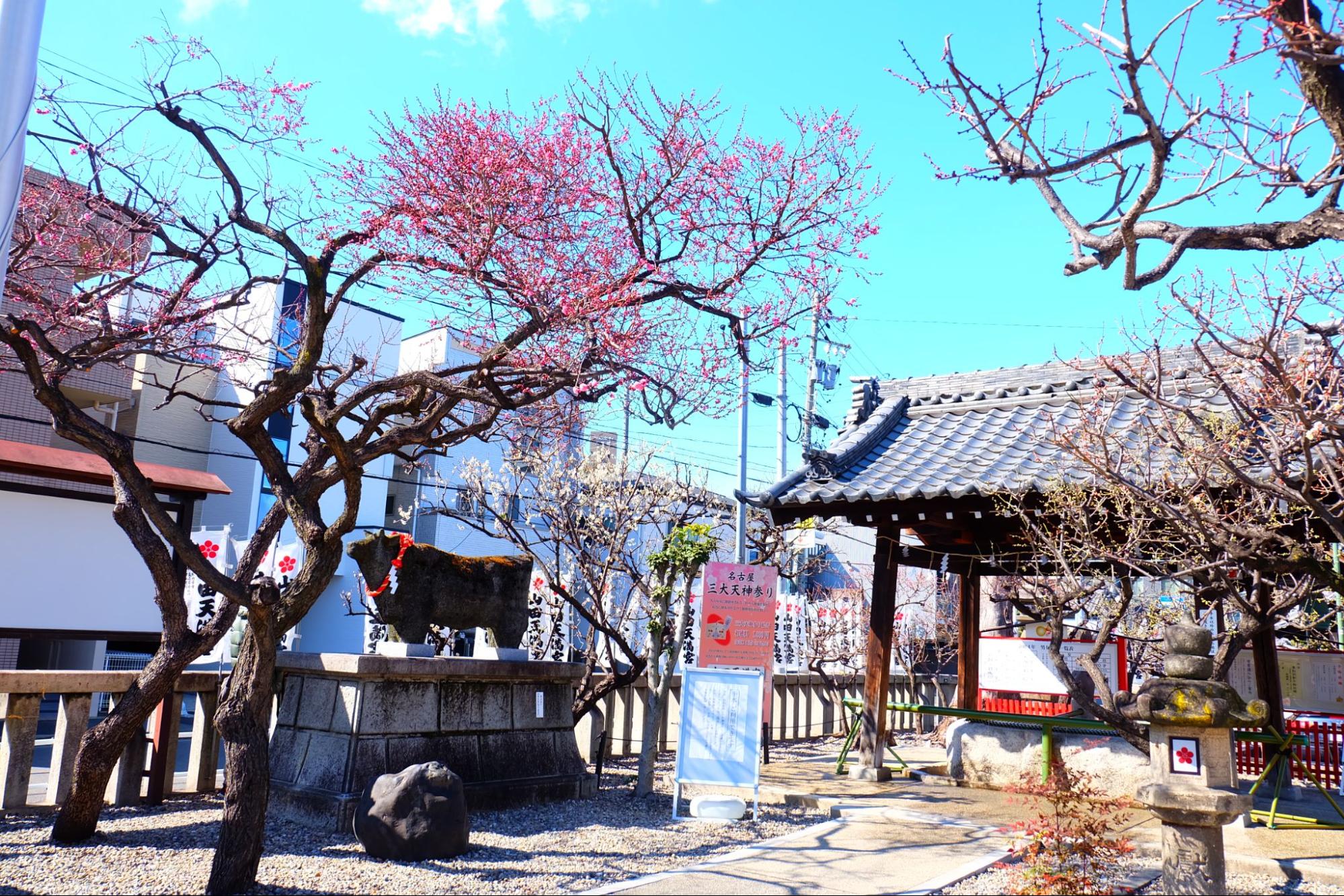
Prince Michizane loved plums, and the following poem he composed when he was demoted to Dazaifu is famous. (*The expression at the end seems to be different depending on the shrine, but the following is Yamada Tenmangu)
"Smell the plum blossoms when the east wind blows, and don't forget spring because you have no master."
To summarize, the song expresses a wistful sentiment: "Even though I, the Lord, have left the capital, bloom unchanged and bring the fragrance of fragrant plum blossoms to the distant land of Dazaifu."
There are many plum trees planted in the precincts, and they were starting to bloom little by little in February when I visited.
3 "Uso"

* Image photo
Do you know a bird called Uso (Eurasian bullfinch)? In fact, Uso also has a deep relationship with Michizane. Once, when Michizane was exorcising demons, a bee attacked him. There is a legend that it became Michizane's guardian bird because Uso ate the bee to protect it.
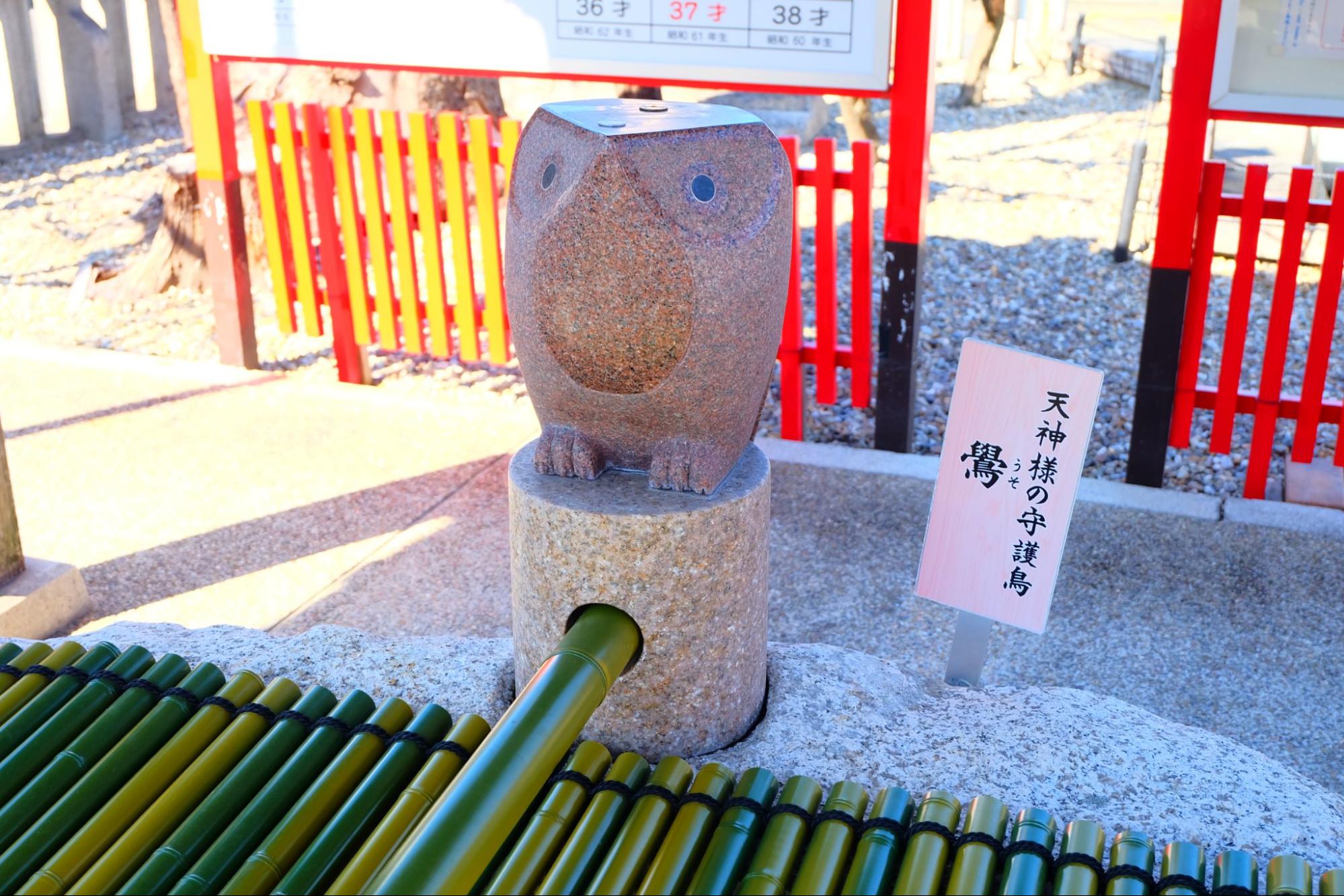
The chozuya also welcomes you with a sagi.

Also, on January 25th every year, a Shinto ritual called "Usogae Shinji" is held. This Shinto ritual, which is said to have continued since the Edo period, is said to bring good luck and change the year's disasters and misfortunes into happiness.
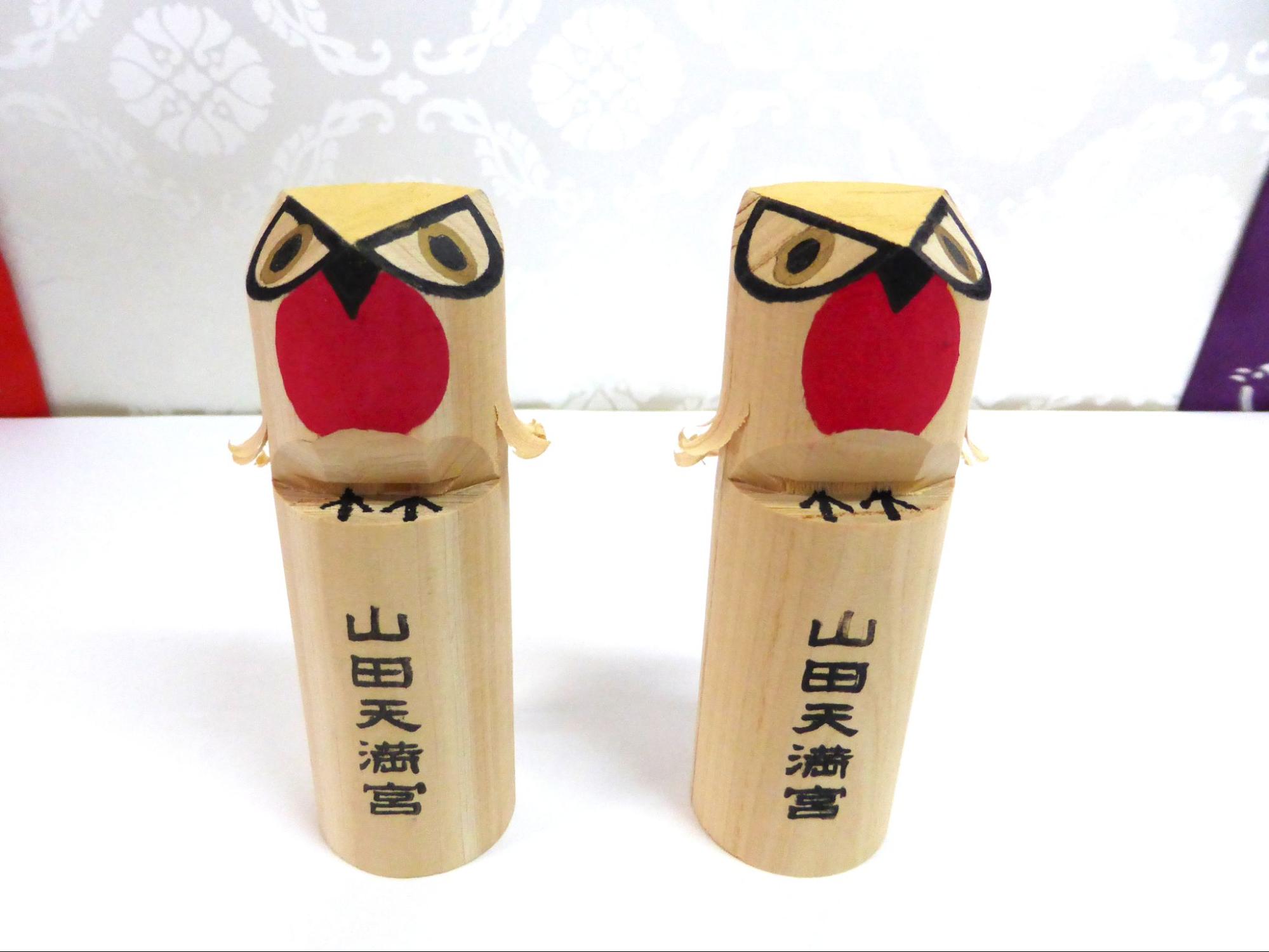
"Uso" 1 body 1,000 yen
Here at Yamada Tenmangu Shrine, a Shinto ritual is also held in which visitors form a circle around an original wooden figurine of a Japanese bullfinch, about 10 cm in diameter (see photo), and place it in an envelope. (In 2022, the ritual was held in a different form, avoiding the three-story structure. Future plans have not yet been decided.)
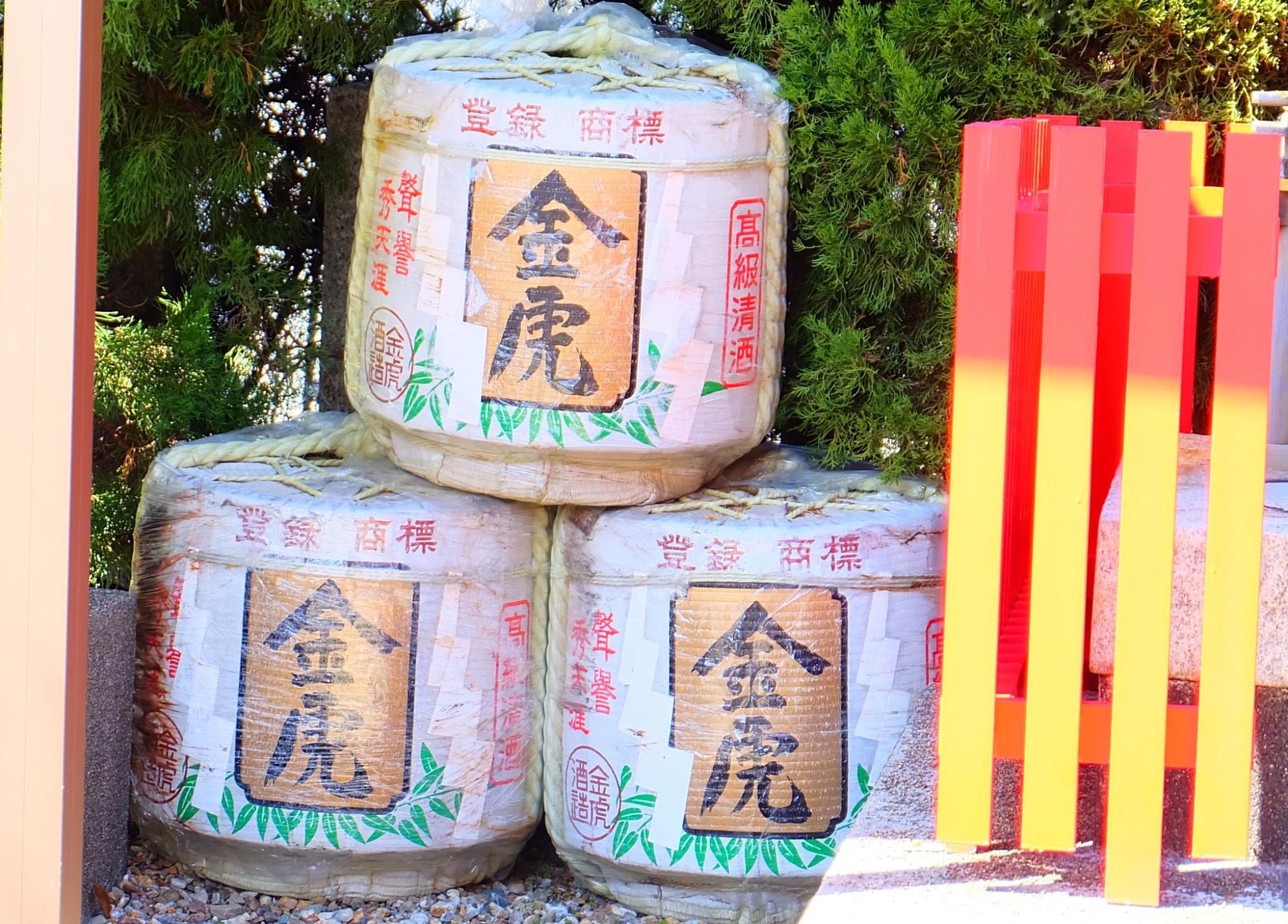
Also, on this day, a special plum wine from the long-established local sake brewery "Kintora Sake Brewery" in Nagoya will be sold on a limited basis, and plum wine will be served. In fact, it seems that the plum wine is made by marinating Yamada Tenmangu's plums with Kintora Sake Brewery's sake! The number is limited, so if you are interested, please check it out.
*In 2022, the Umeshu event will be cancelled.
The profit of fortune is staggering!
Kogane Shrine
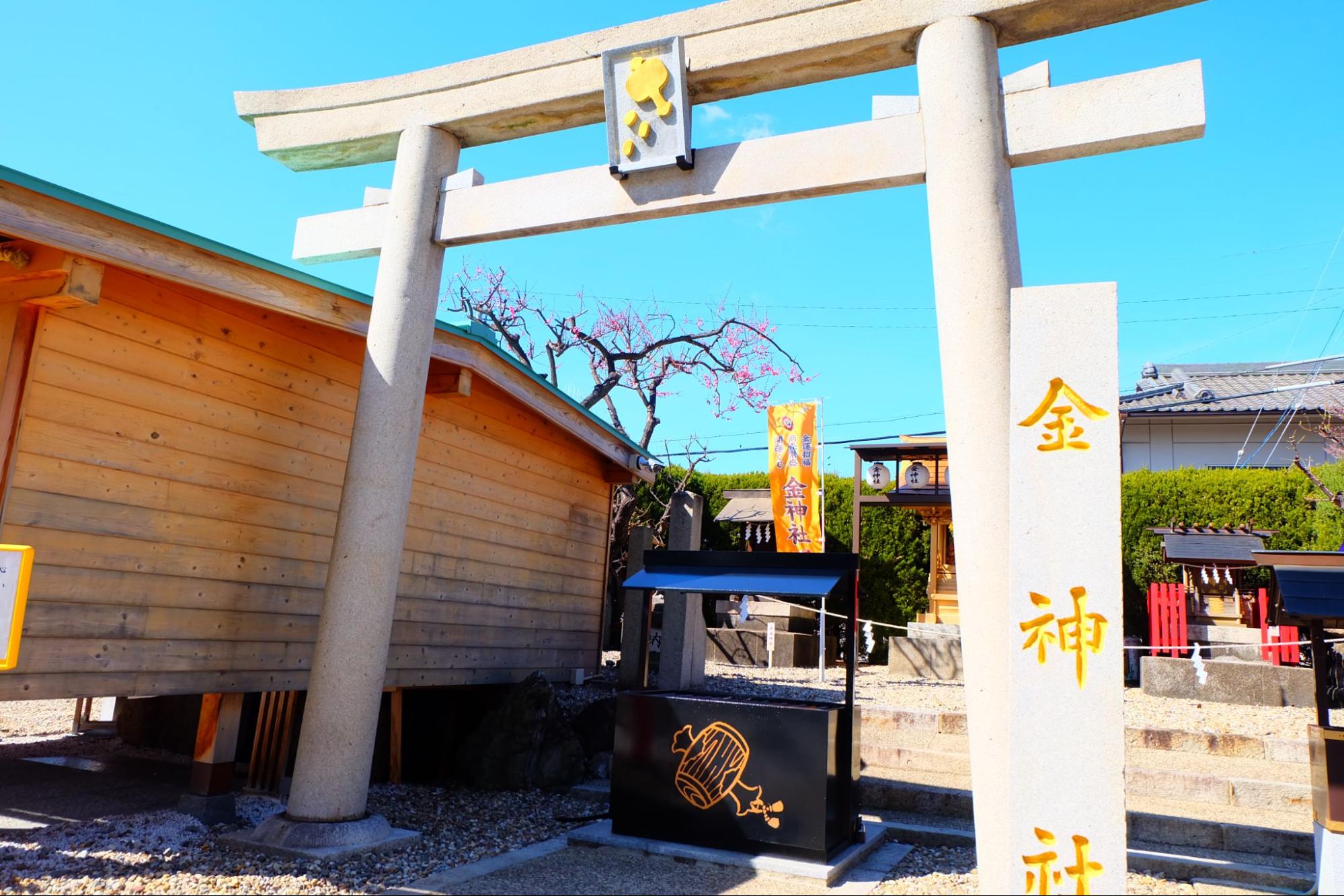
Within the precincts of Yamada Tenmangu Shrine, there are other shrines that are particularly popular. One of them is Kogane Shrine. As the name suggests, it is known for its financial luck.
It is said to have been built in the 3rd year of Entei (1746 AD) to pray for traffic safety and business prosperity for peddlers and merchants who traveled back and forth on Route 19, which was once a highway.
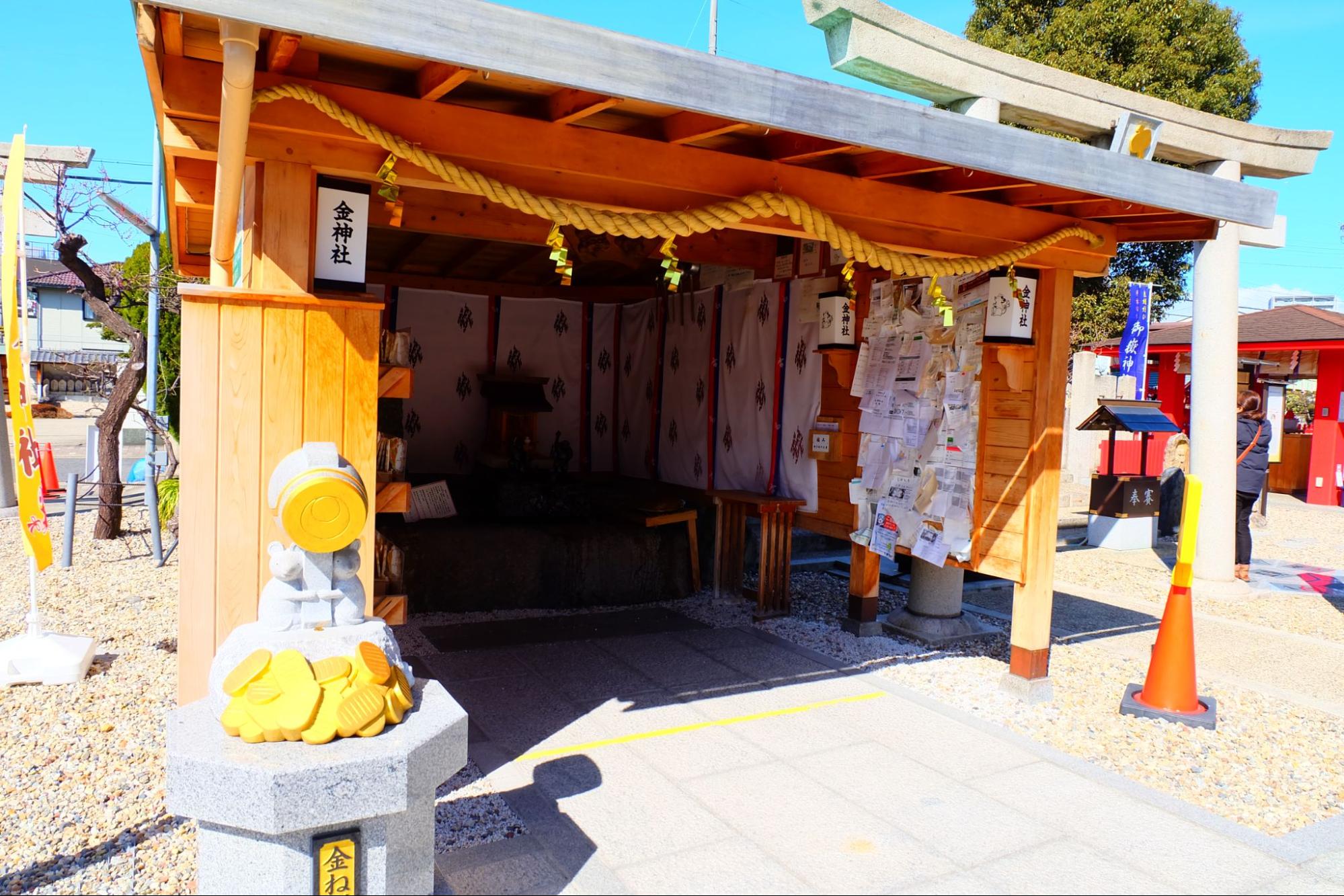
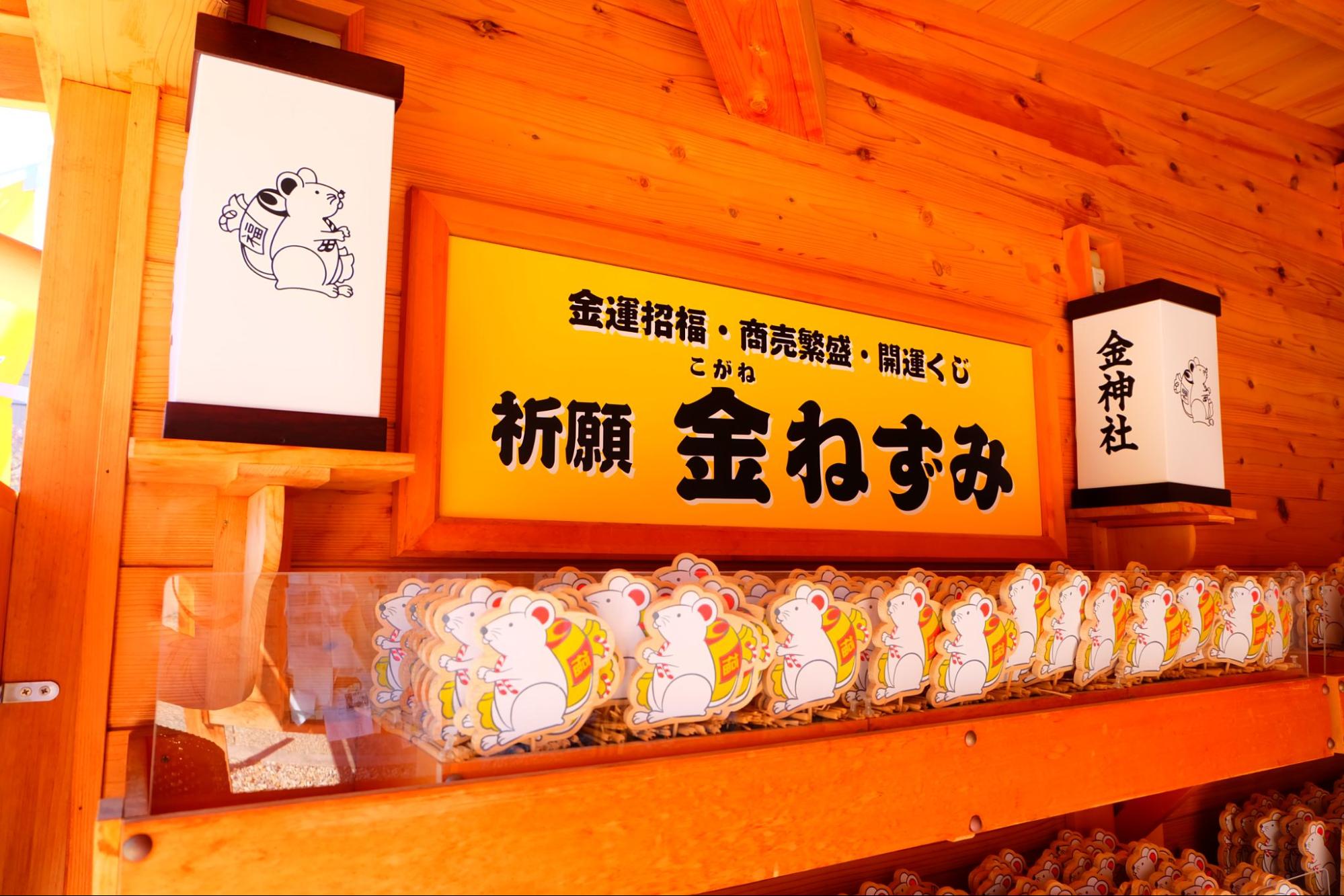
After visiting Kogane Shrine, there is a special spot in the next building that will increase your luck with money.
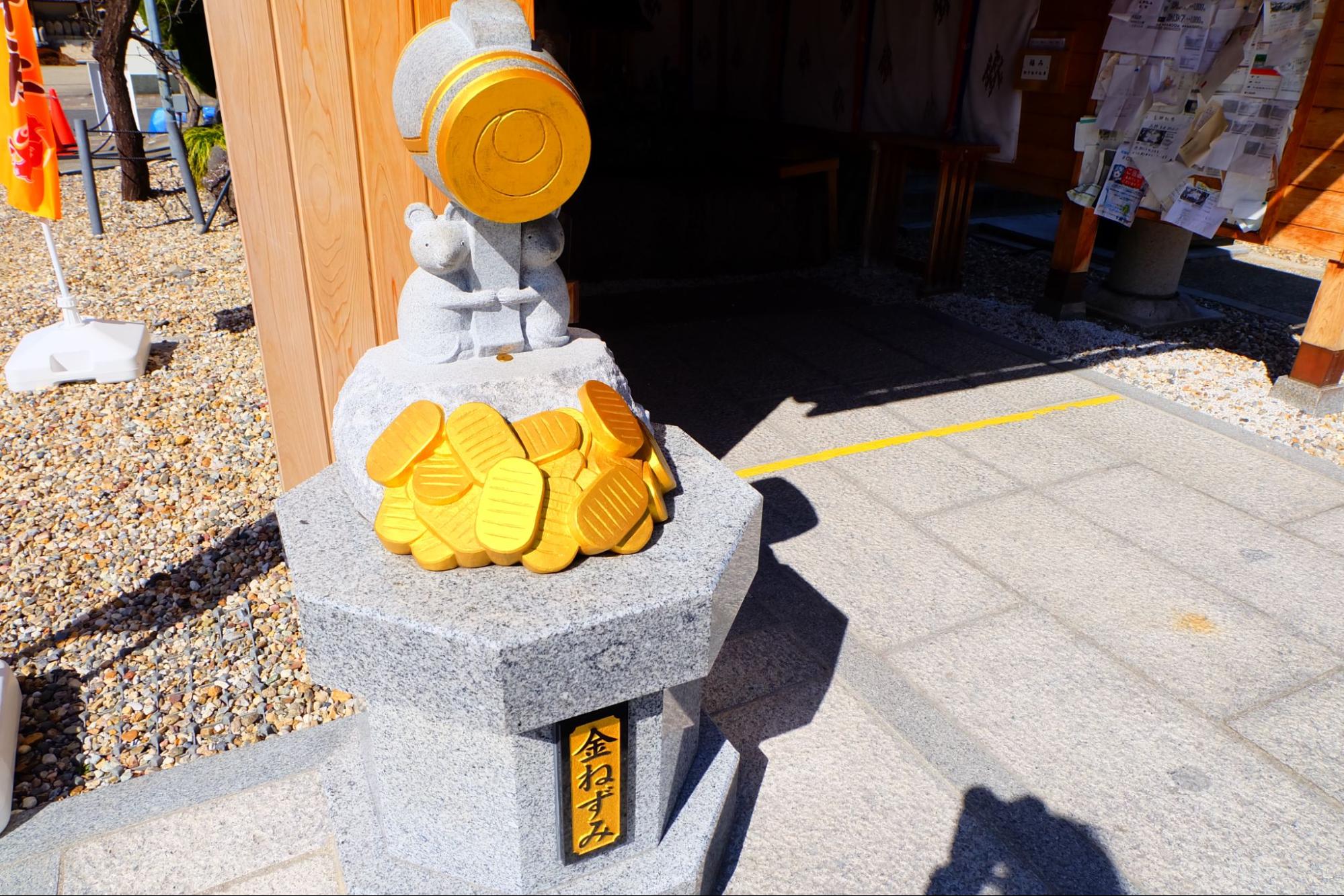
A mouse with a gavel welcomes you at the entrance. The mouse is a messenger of the enshrined deity, Okuninushi no Mikoto, commonly known as Daikoku-sama. When I go inside...
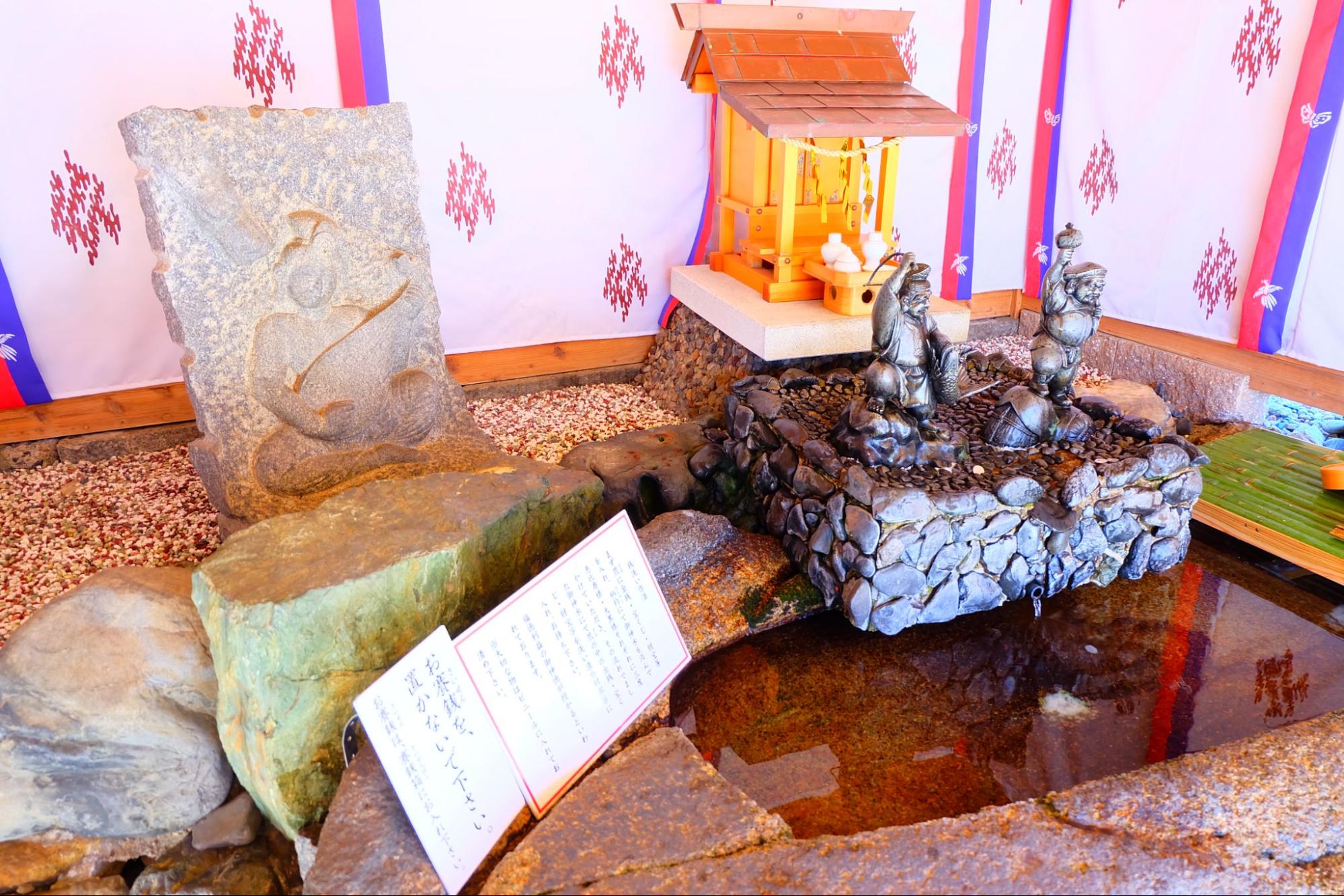
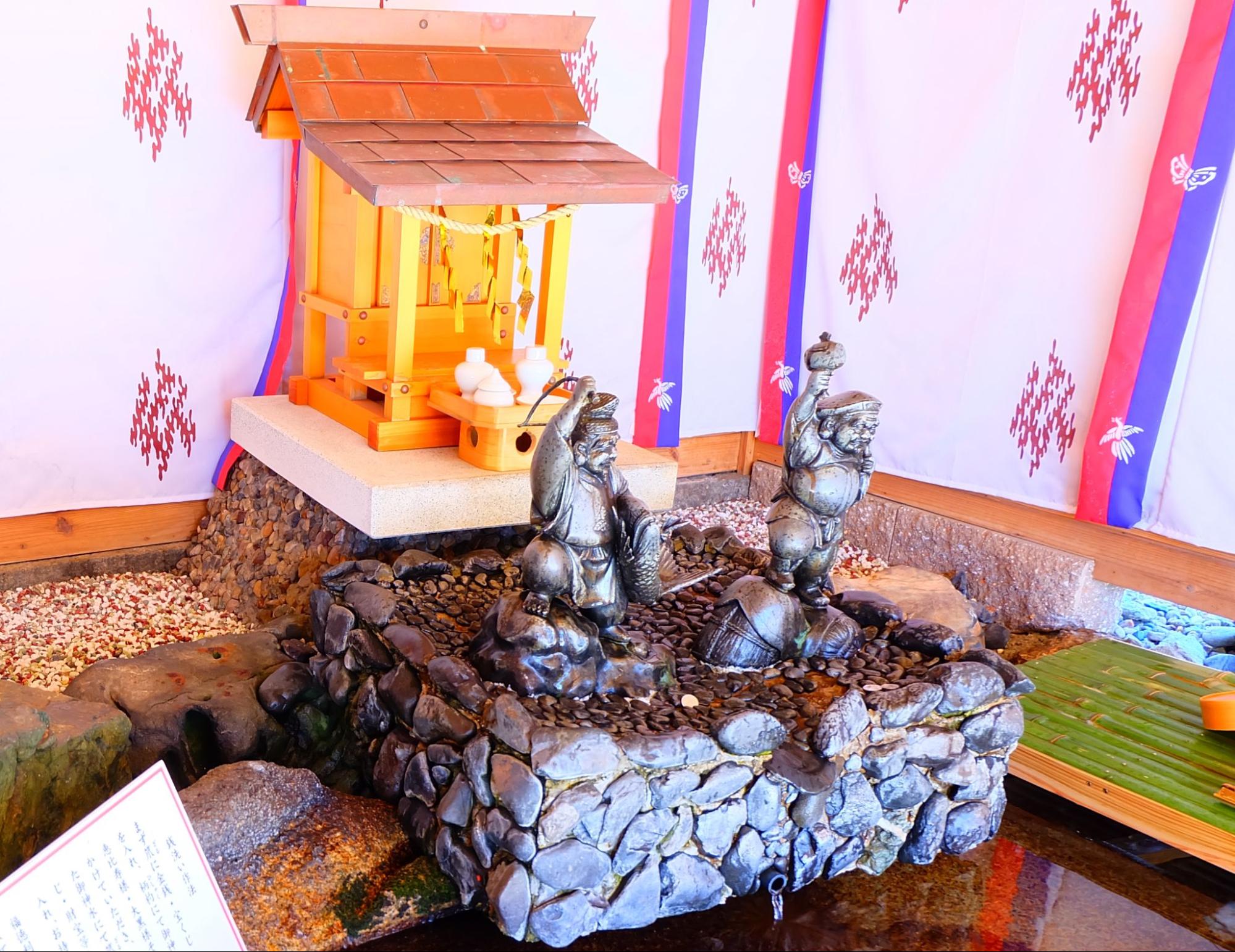
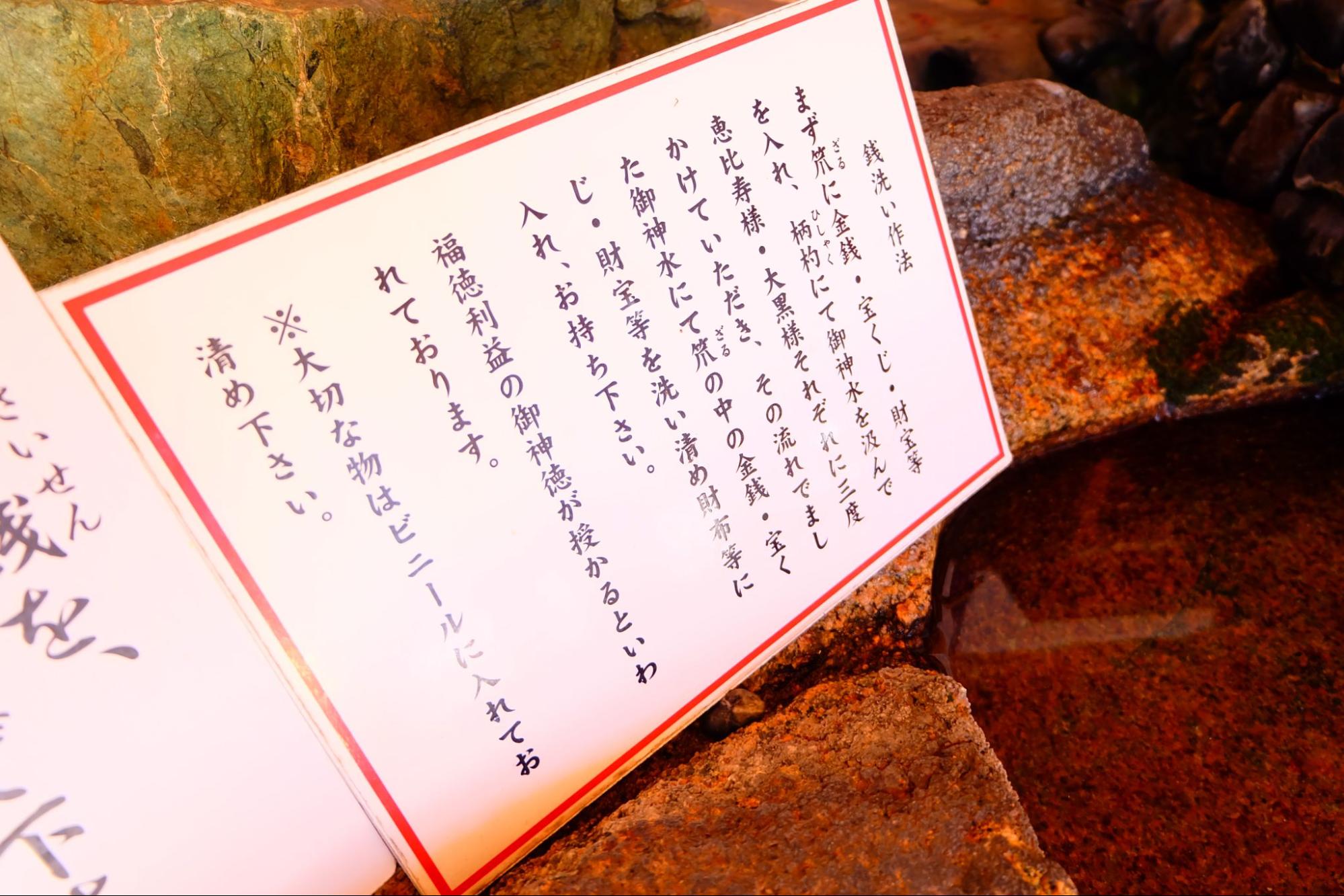
Daikoku-sama and Ebisu-sama are enshrined, and water flows from there. Yes, this is the place where you wash (purify) money, wallets, lottery tickets, etc. and pray for them.
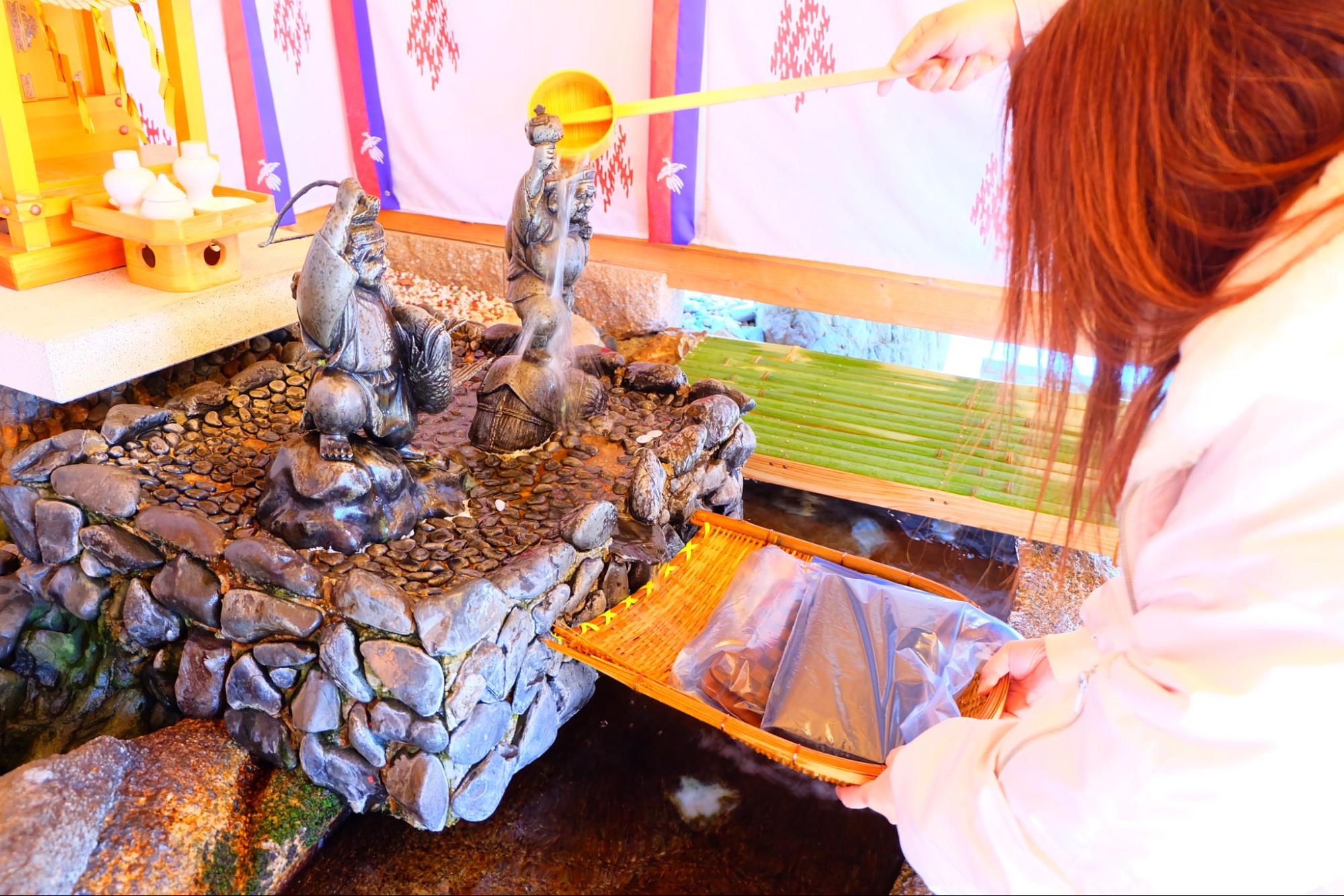
Place your money and wallets in a colander (if you don't want them to get wet, put them in a plastic container. ) Sprinkle water on Daikoku-sama and Ebisu-sama three times each, and wash and purify them with the water flowing from the water.
When I asked the person who actually washed it how effective it was, it was impressive that he chuckled and said, "If it doesn't work, I won't come back."
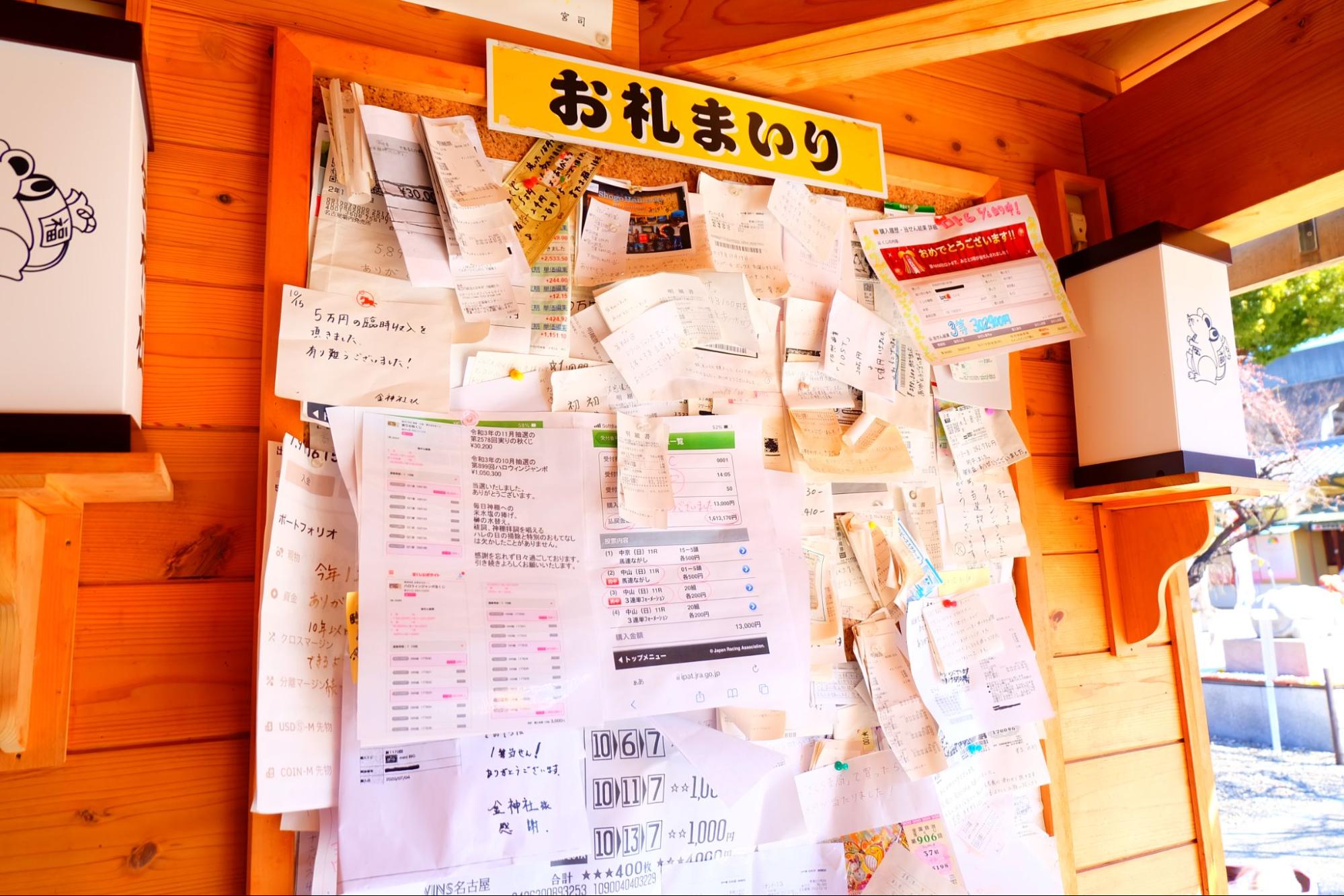
The effect is evident in the numerous thank-you letters pasted all over the walls, as well as the Lotto 6s, statements, and other evidence of actual winnings! Just witnessing the benefits of the Kogane Shrine makes me feel happy (laughs).
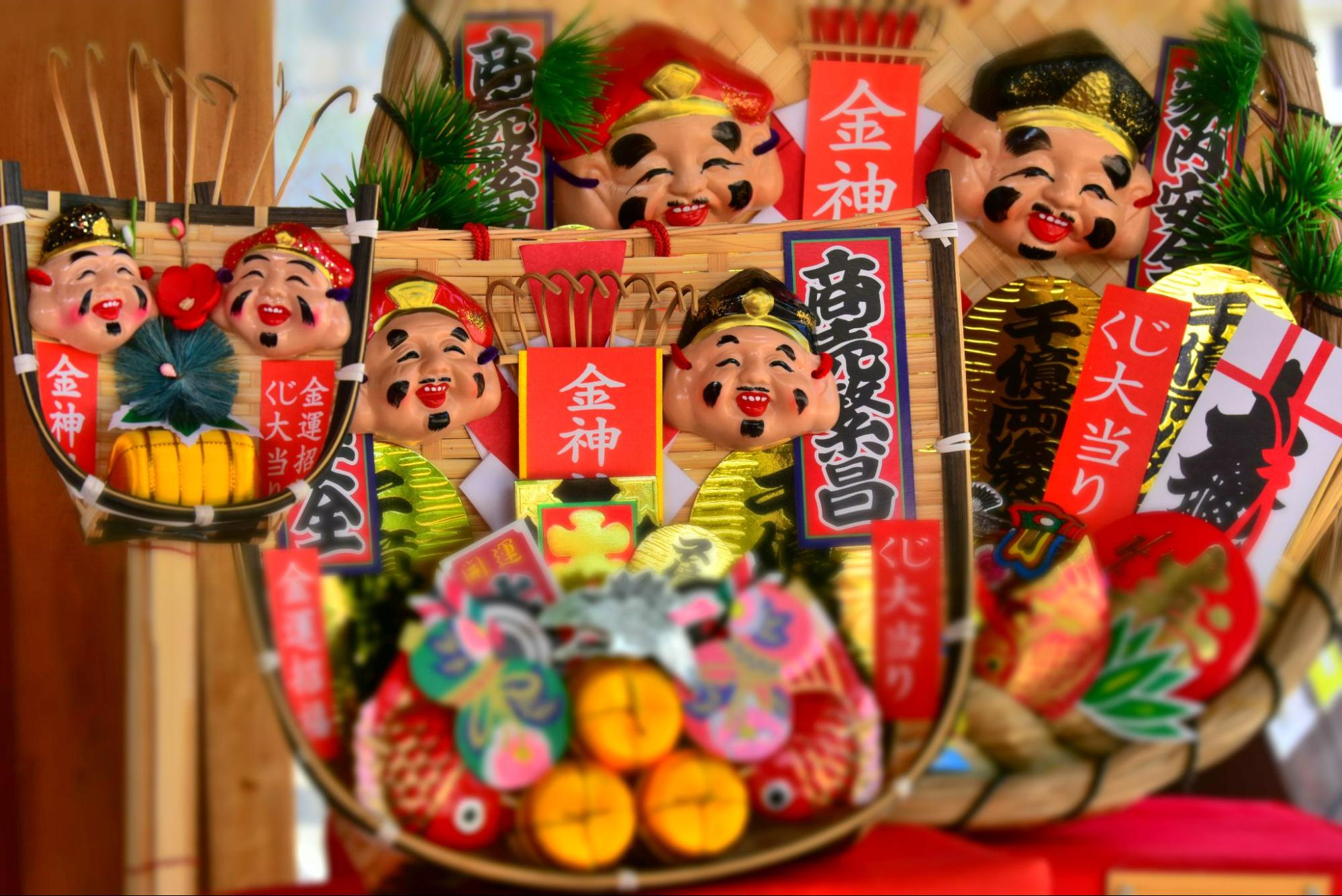
The Hatsukogane Festival, held on January 3rd and 8th every year, is also very popular. “Fukumi” (pictured), which is specially awarded only for these two days, is an auspicious item that scoops up treasures collected with a rake. *Since the number is limited on the day, it will end as soon as it is gone.
There are six sizes ranging from 1,000 yen to 50,000 yen. If you are unable to come on the 3rd and 8th, if you apply directly at conferment office by the end of September of the previous year, you can reserve the next year's "Fukumi" until the end of January. Example: If you wish to receive "Fukumi" in 2023, you must make a reservation by the end of September 2022.
It might be the strongest if you set it with a rake!
Ontake Shrine, worshiped as the god of marriage
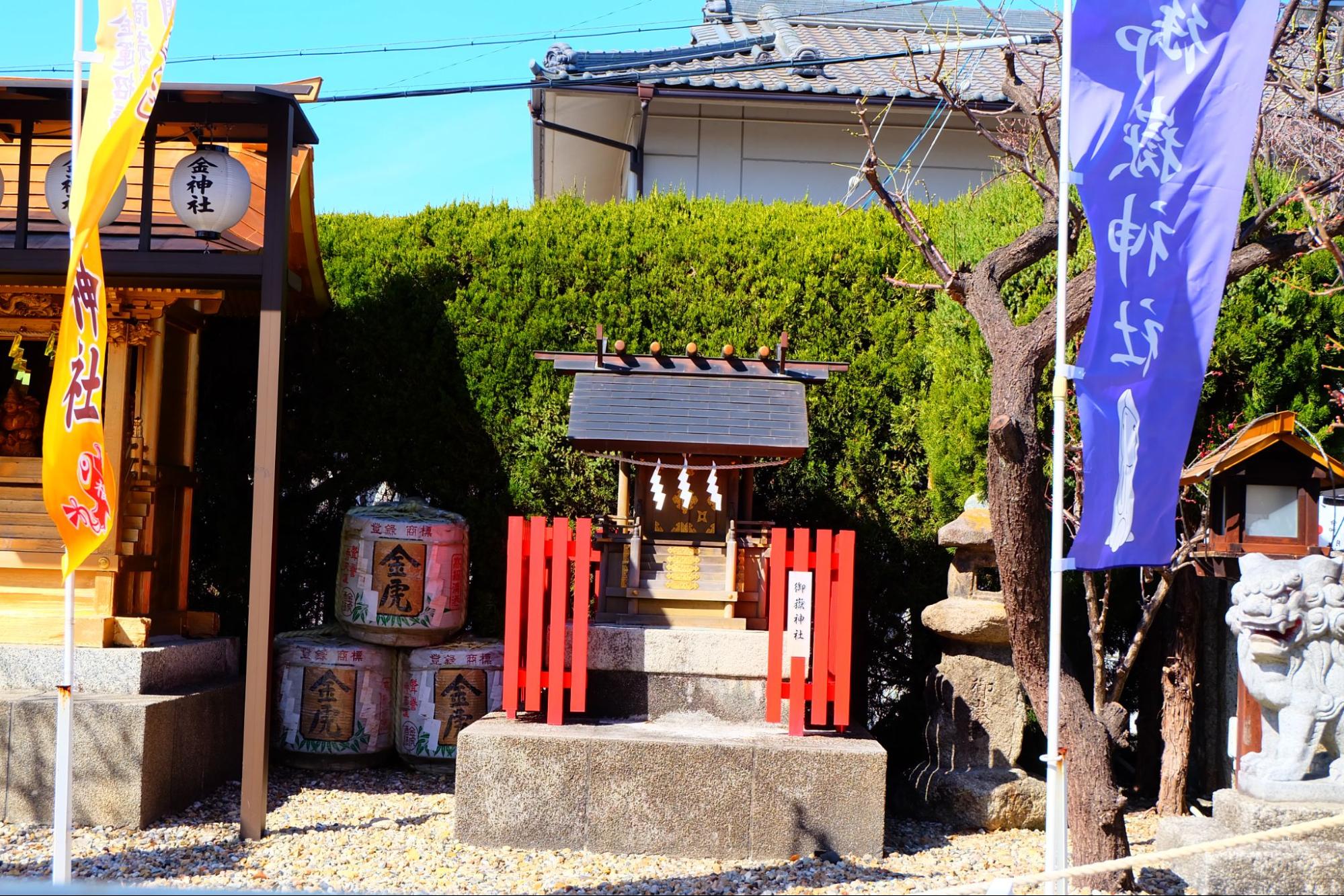
The god of marriage is also enshrined in the precincts. Ontake Shrine is enshrined next to Kogane Shrine. Since ancient times, it has been worshiped for the benefits of marriage.
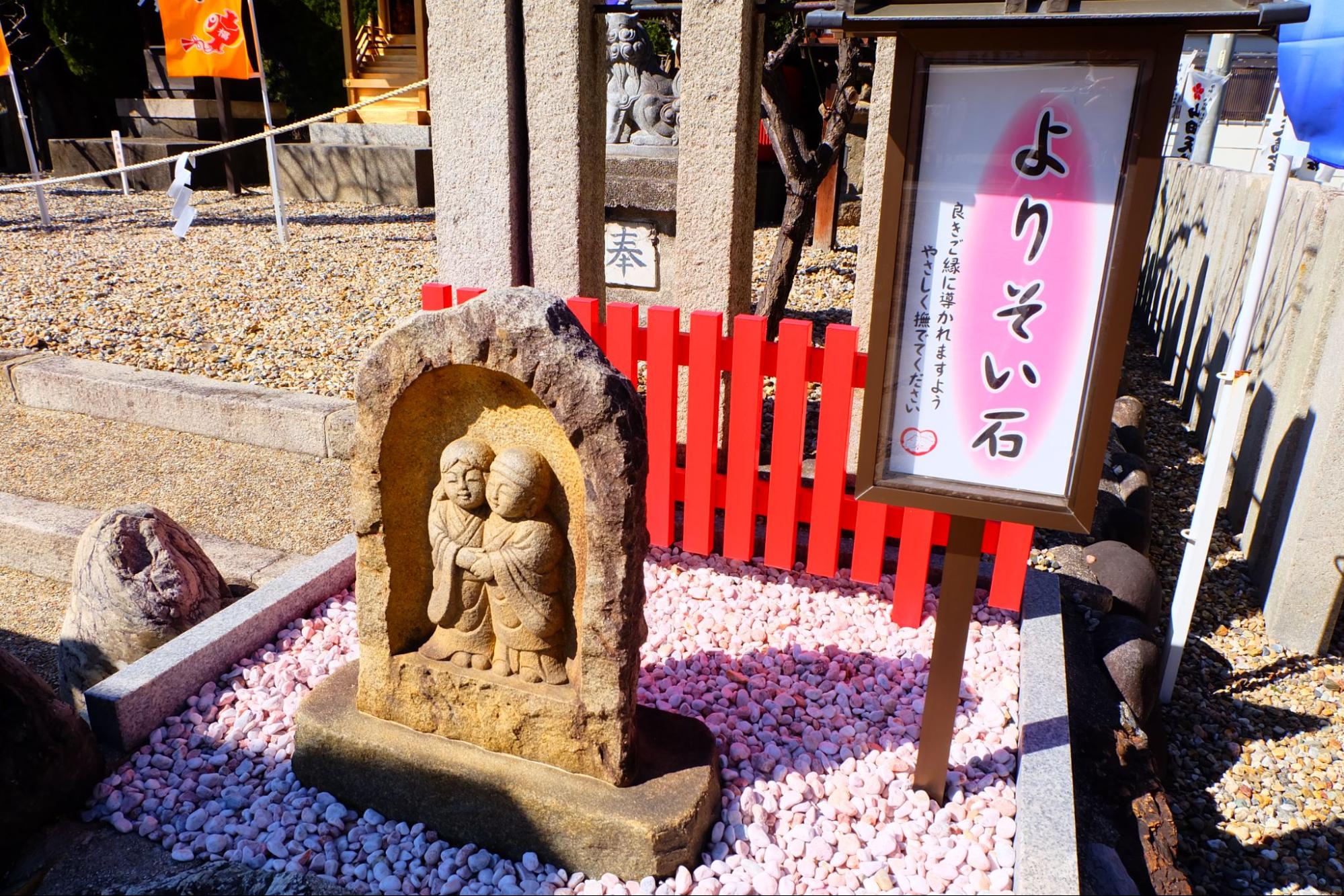
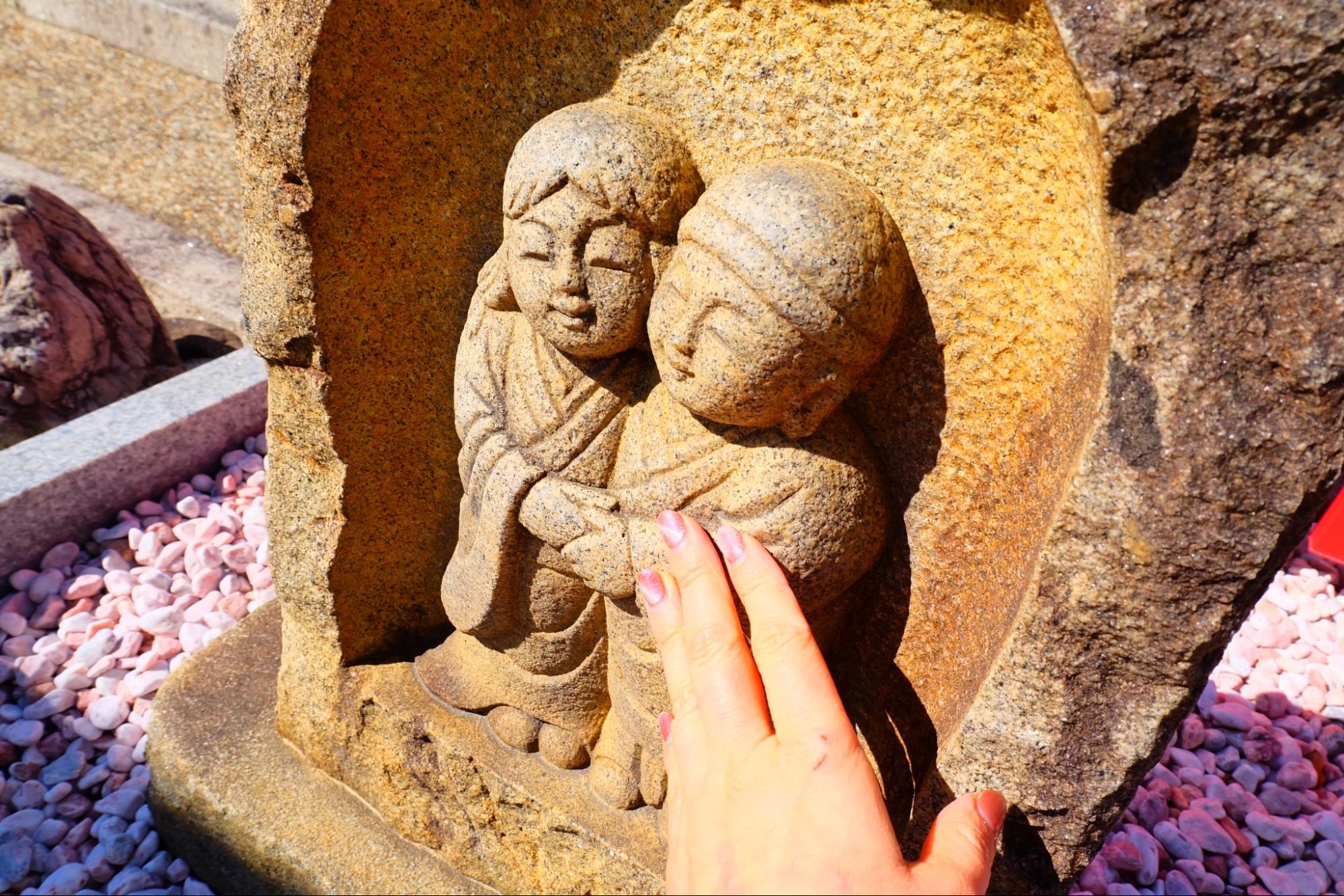
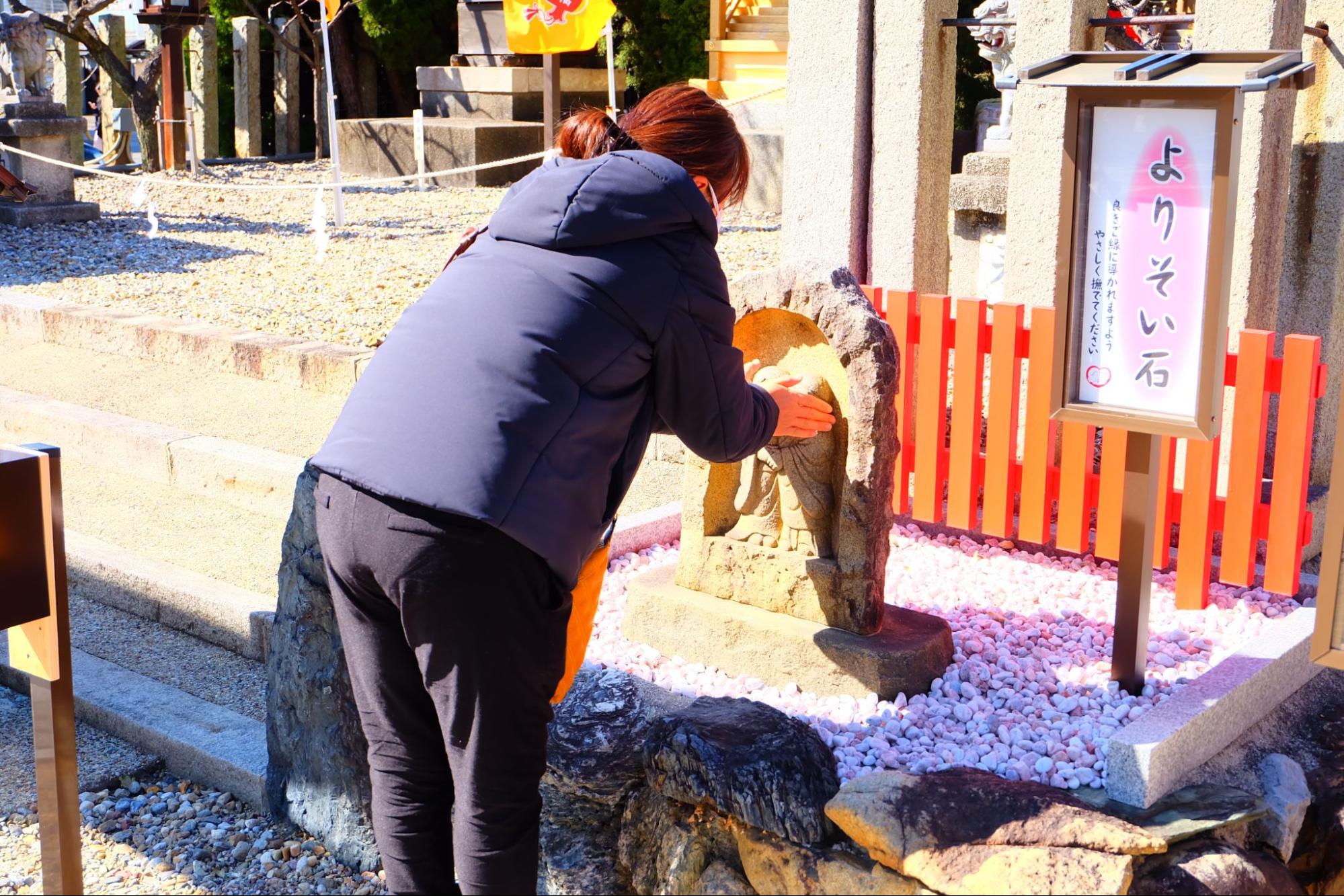
Right next to it is the "Yorisoi Ishi," a stone monument where a man and a woman are close together. It is said that it is good to gently stroke this stone monument.
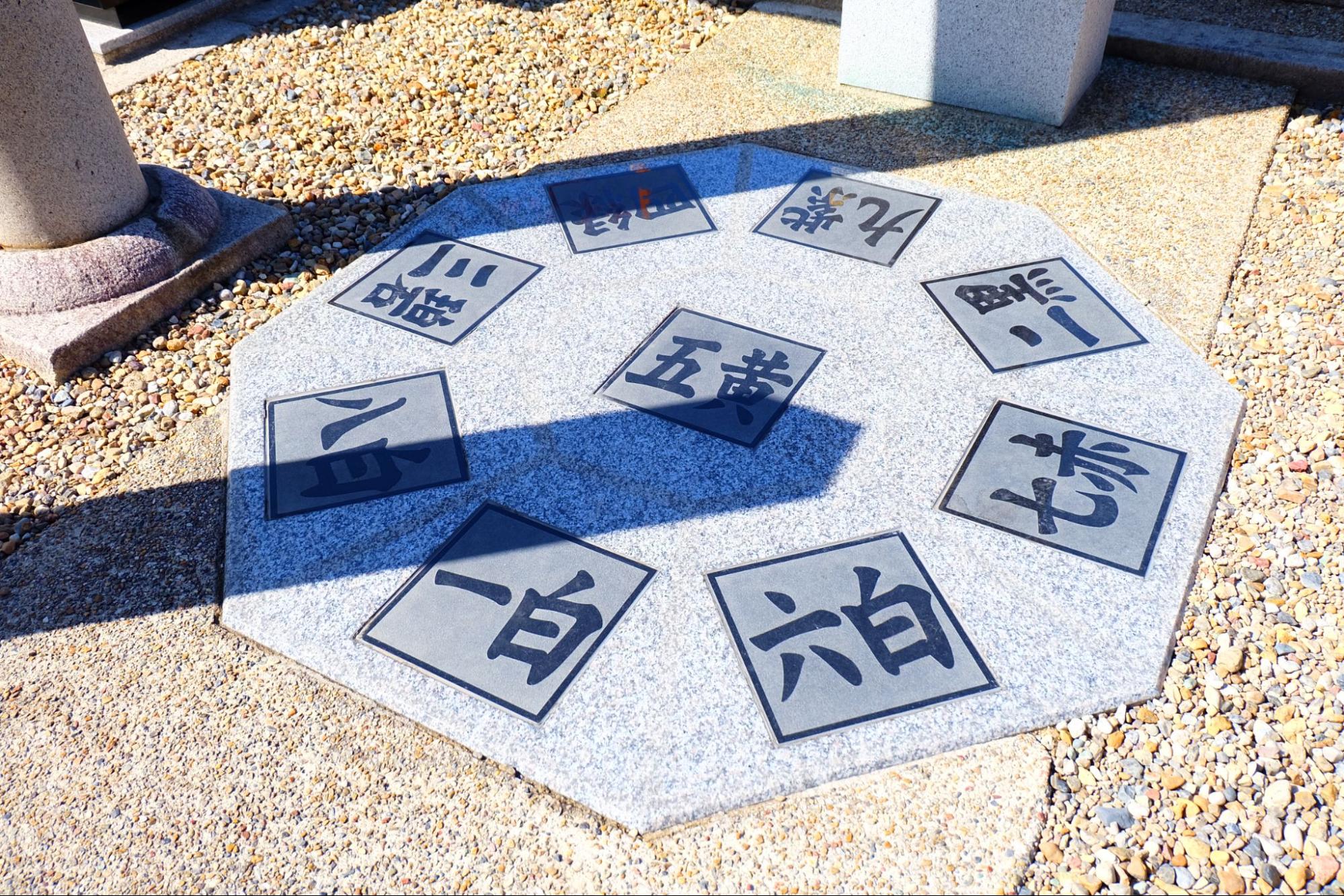
Another unusual thing is this localization board (joiban) under your feet.
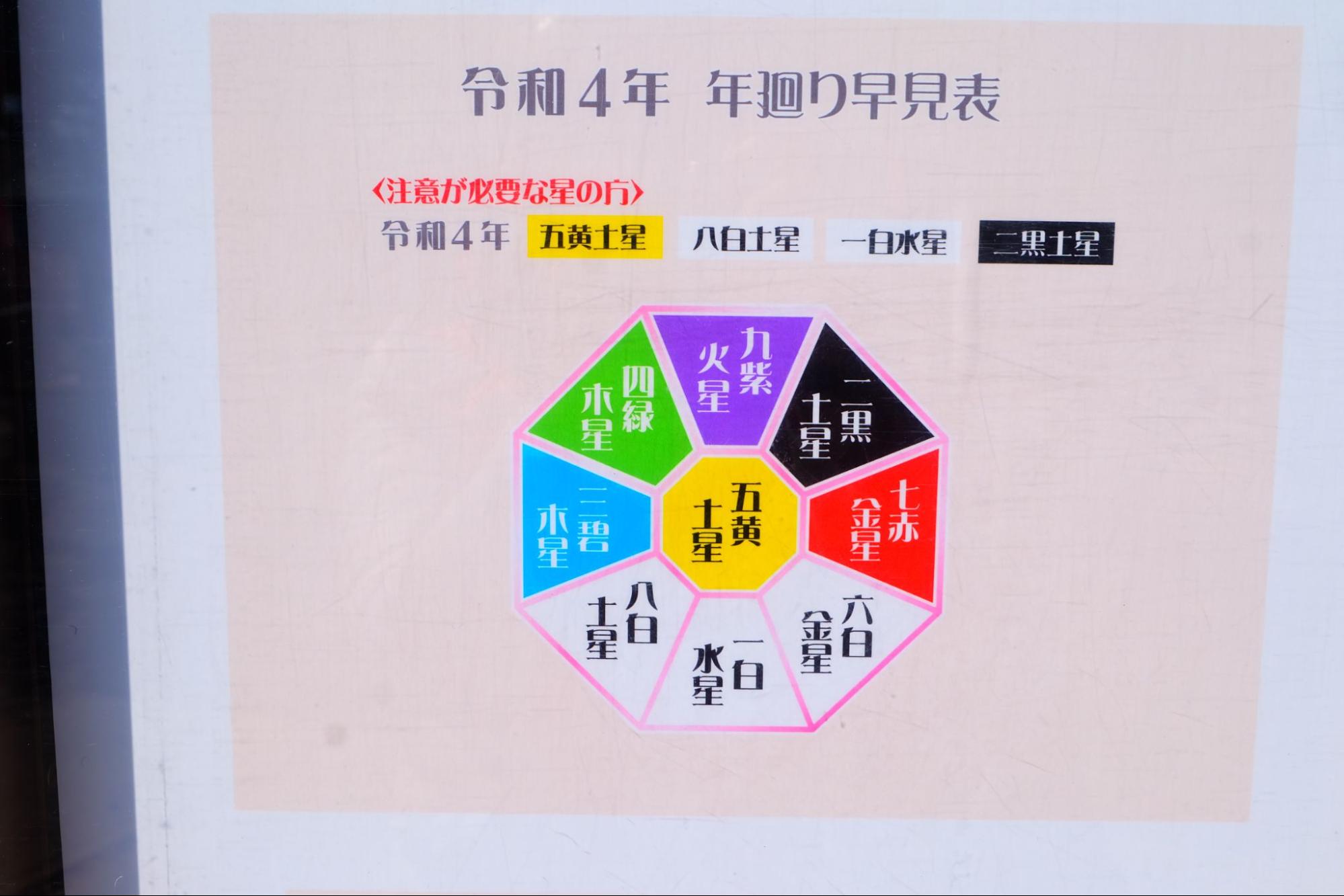
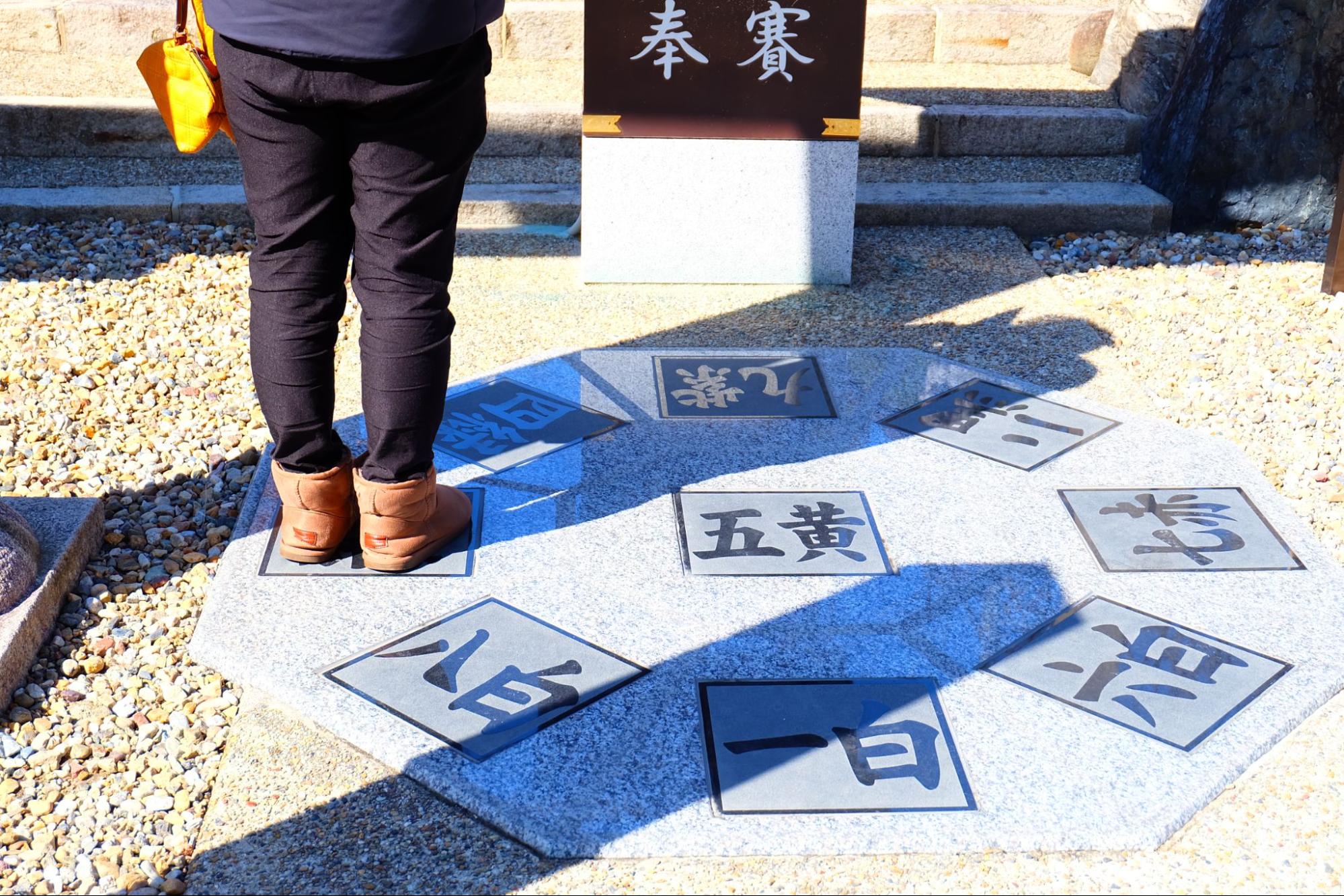
It is said that the position (azimuth) changes every year, so visitors should stand at the position of their star. By doing so, it is said that bad ties are cut off and leads to good ties.
Other attractions in the precincts
Prayer etiquette at Direction Prayer Cow
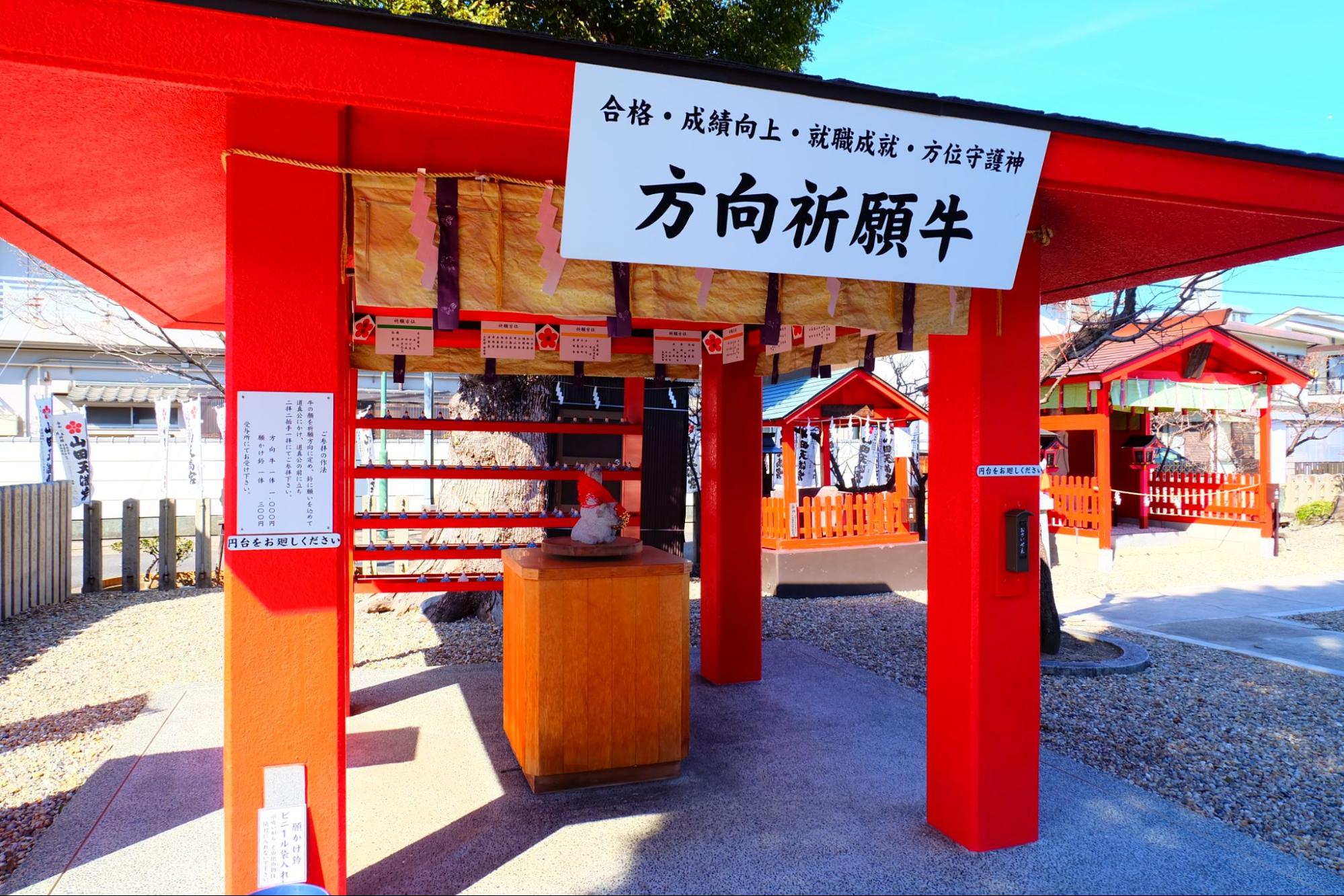
As I mentioned a little at the beginning, Yamada Tenmangu Shrine is also located at the Kimon, and there is also a divine virtue as a guardian deity of all directions.
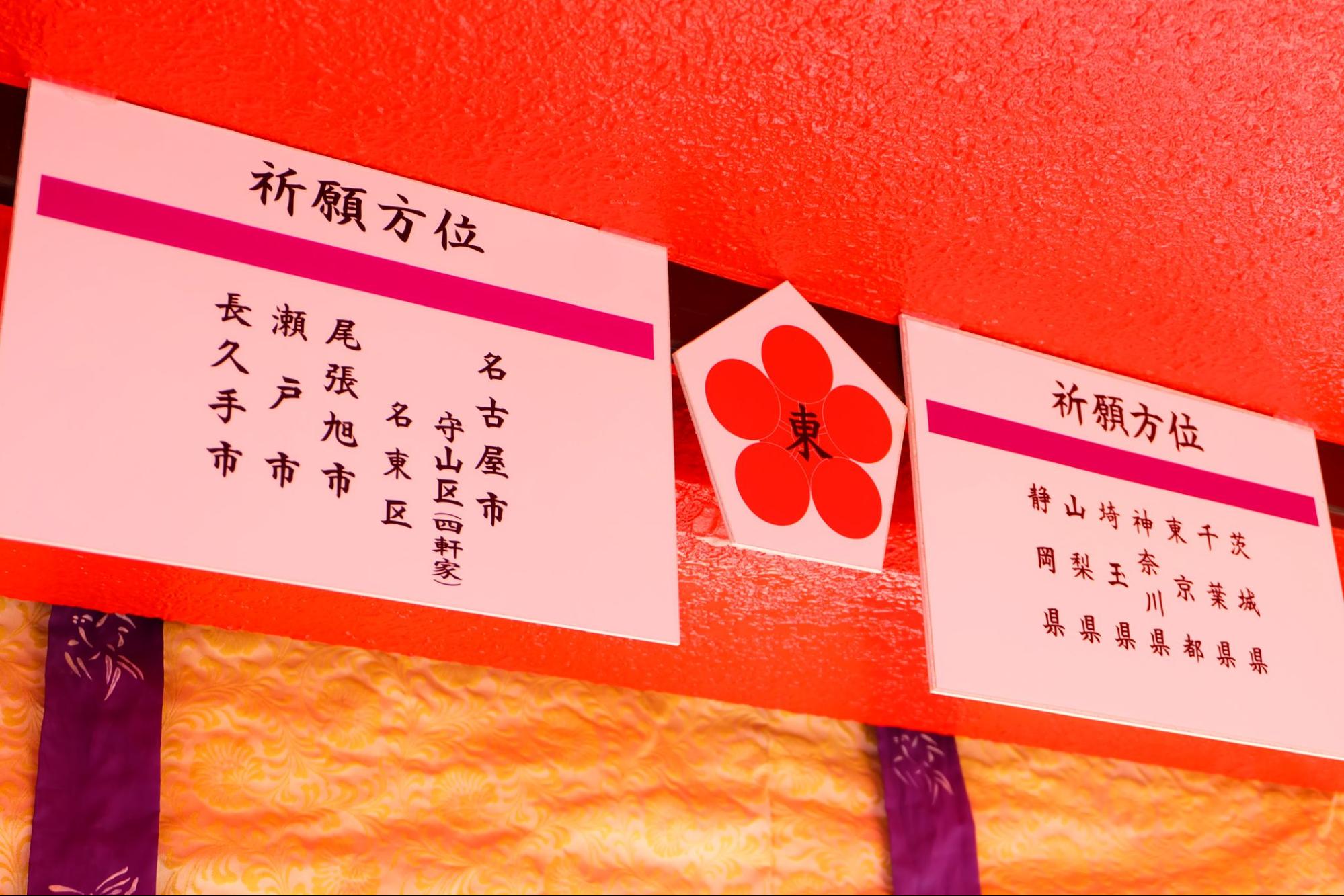
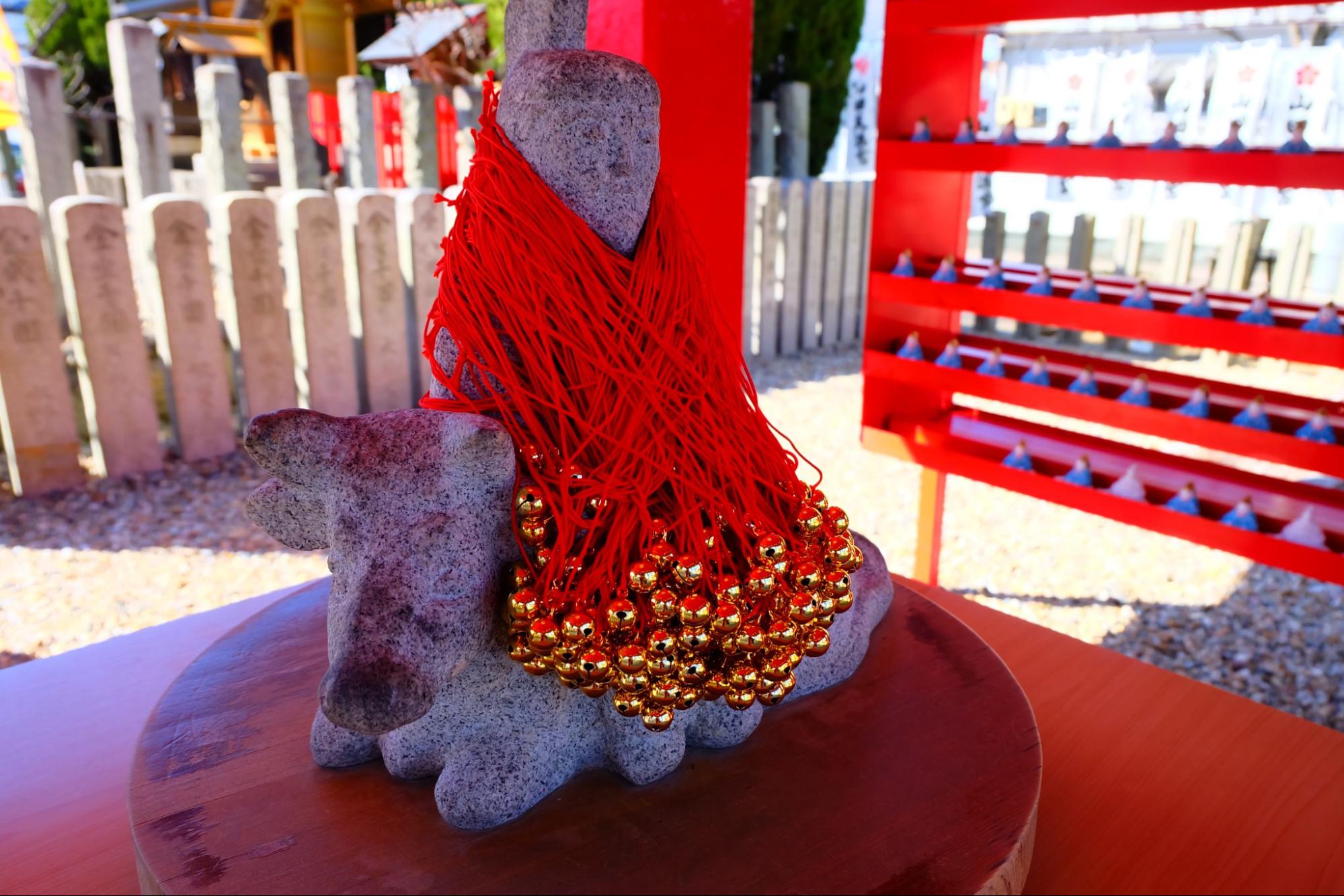
This is a "directional prayer cow," in which visitors pray by pointing the statue of Michizane riding on a cow in the direction they wish to pray for and hanging a "wishing bell" around their necks. For example, if you wish to find a job in Tokyo, you should pray with the bull's head facing the direction of Tokyo.
A seated statue of Shaka Nyorai that came out of a camphor tree!
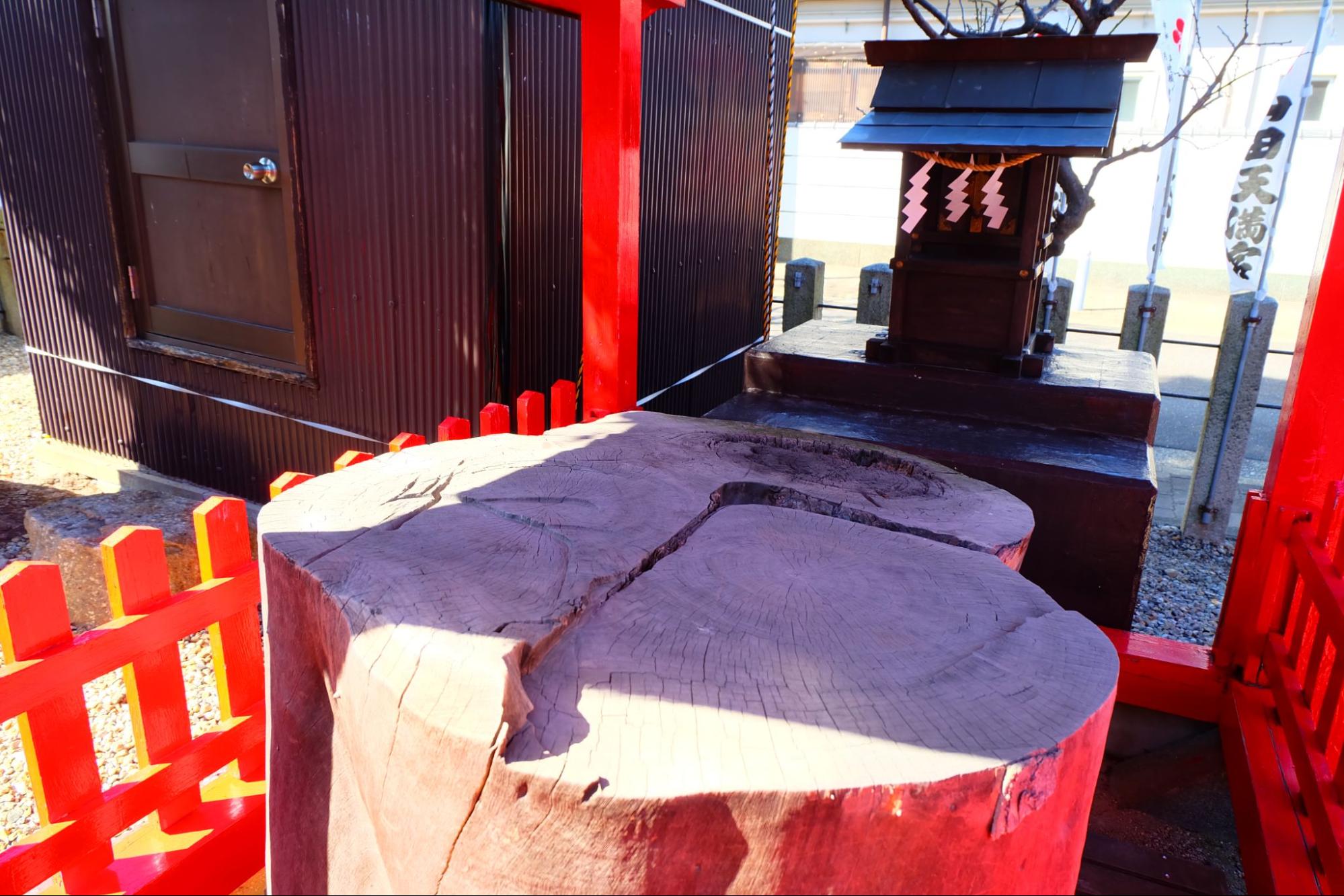
This is a magnificent stump! At that time, a construction company was hired to cut down a large camphor tree near the shrine office for maintenance of the precincts, and when the tree was cut with a chainsaw, a Buddha statue came out from inside.
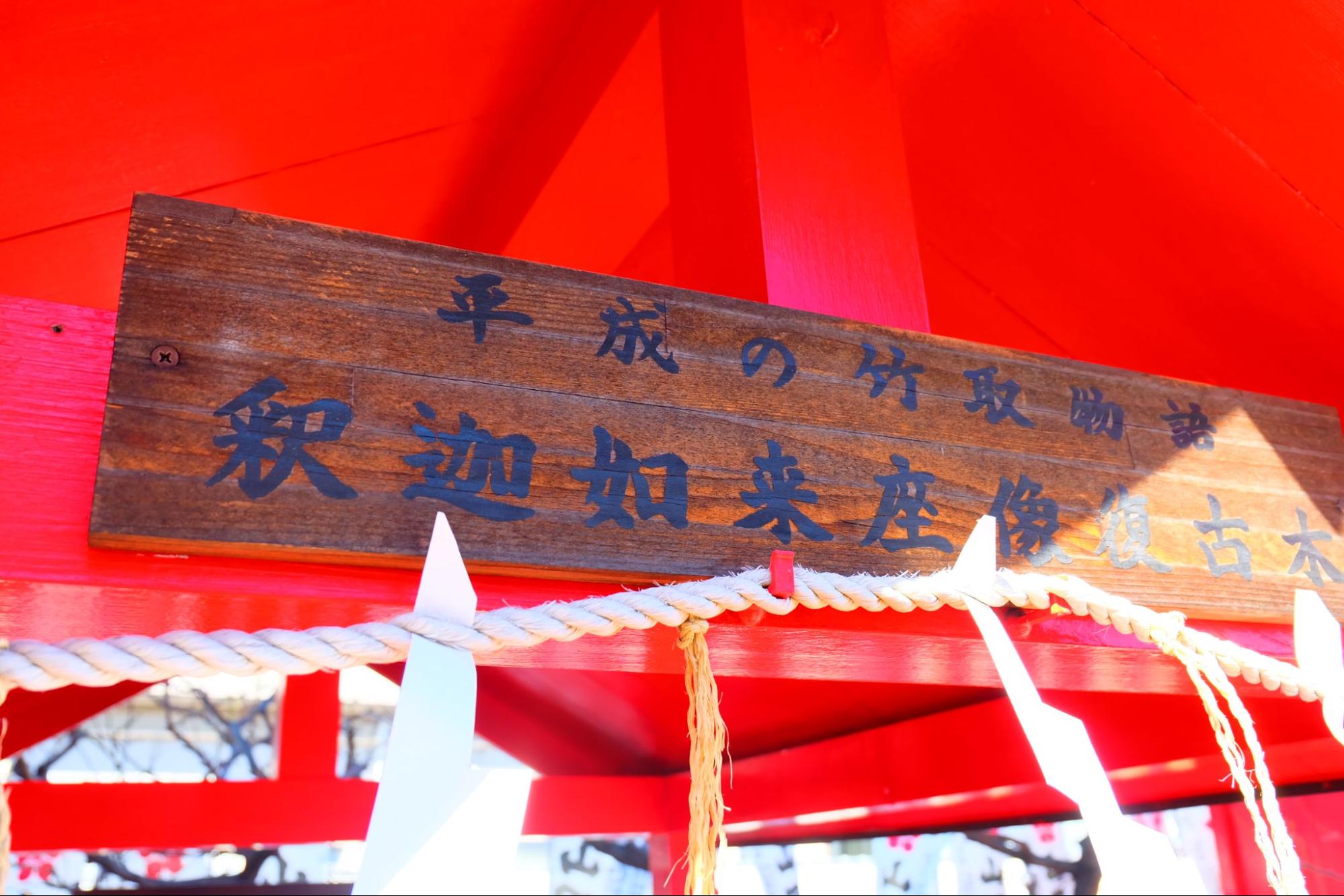
It is unknown why it was in the tree, but since the camphor tree has the property of growing by involving various things, it is possible that the Buddha statue was involved for some reason, and it is truly a romantic story.
Hachidairyu Shrine was built as a memorial service for snakes
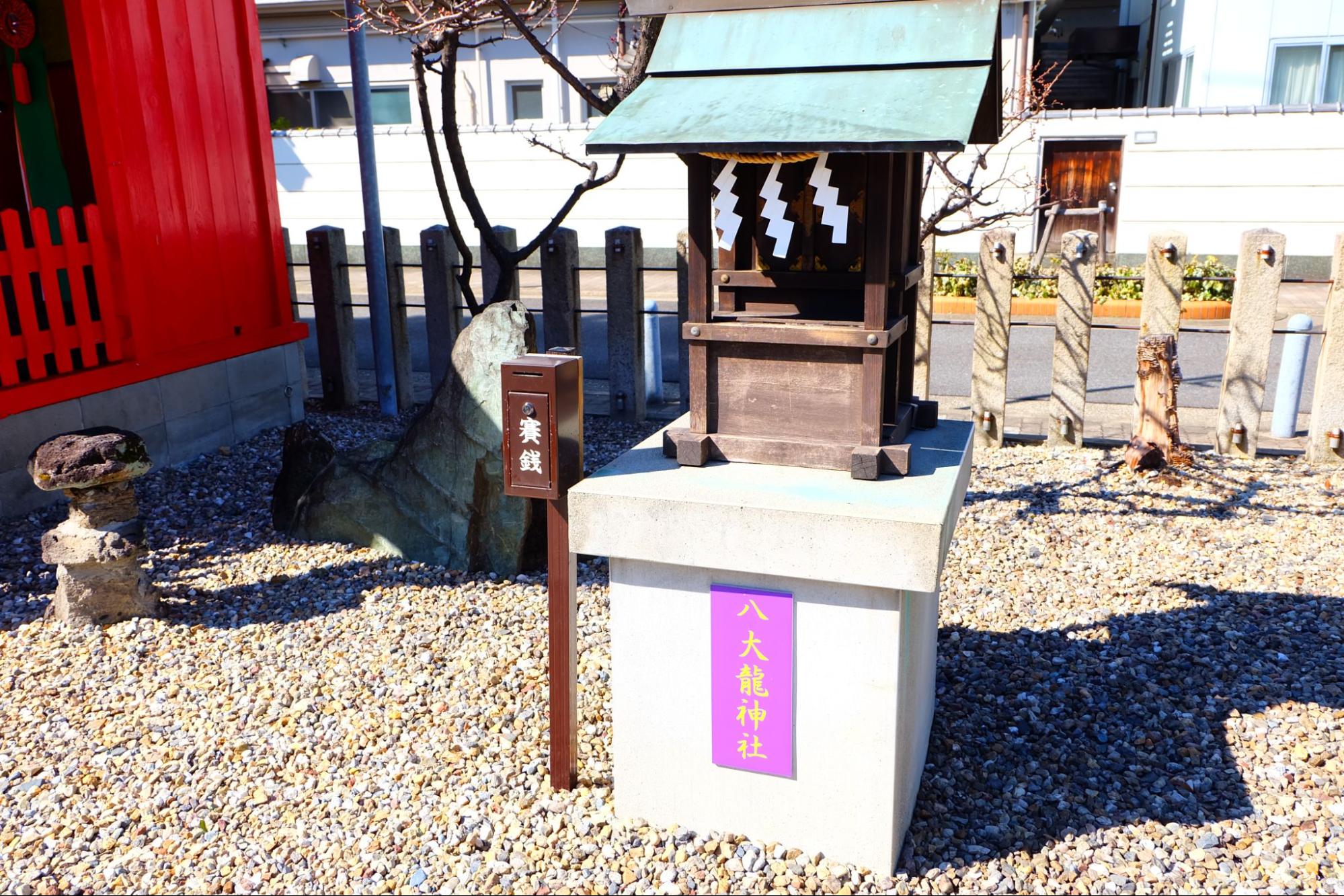
Hachidairyu Shrine is enshrined in the innermost part of the precincts. This area used to be a wetland, and it seems that many snakes were buried when landfilling. It seems that there is a history that the dragon god was enshrined in order to calm down with the meaning of the memorial service.
Limited ema and cute zodiac omikuji
A special Ema that you can get when visiting the three major Tenjin shrines
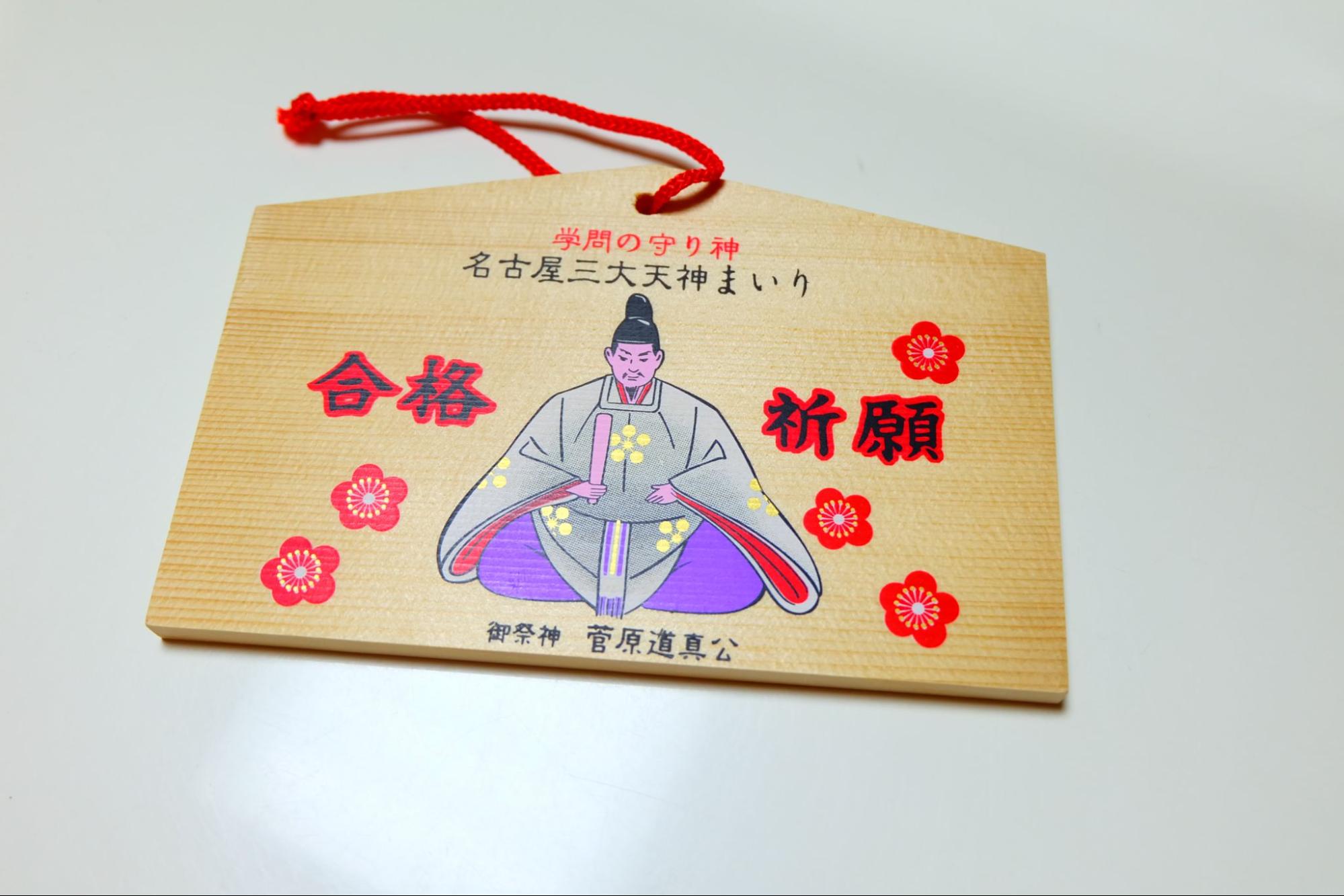
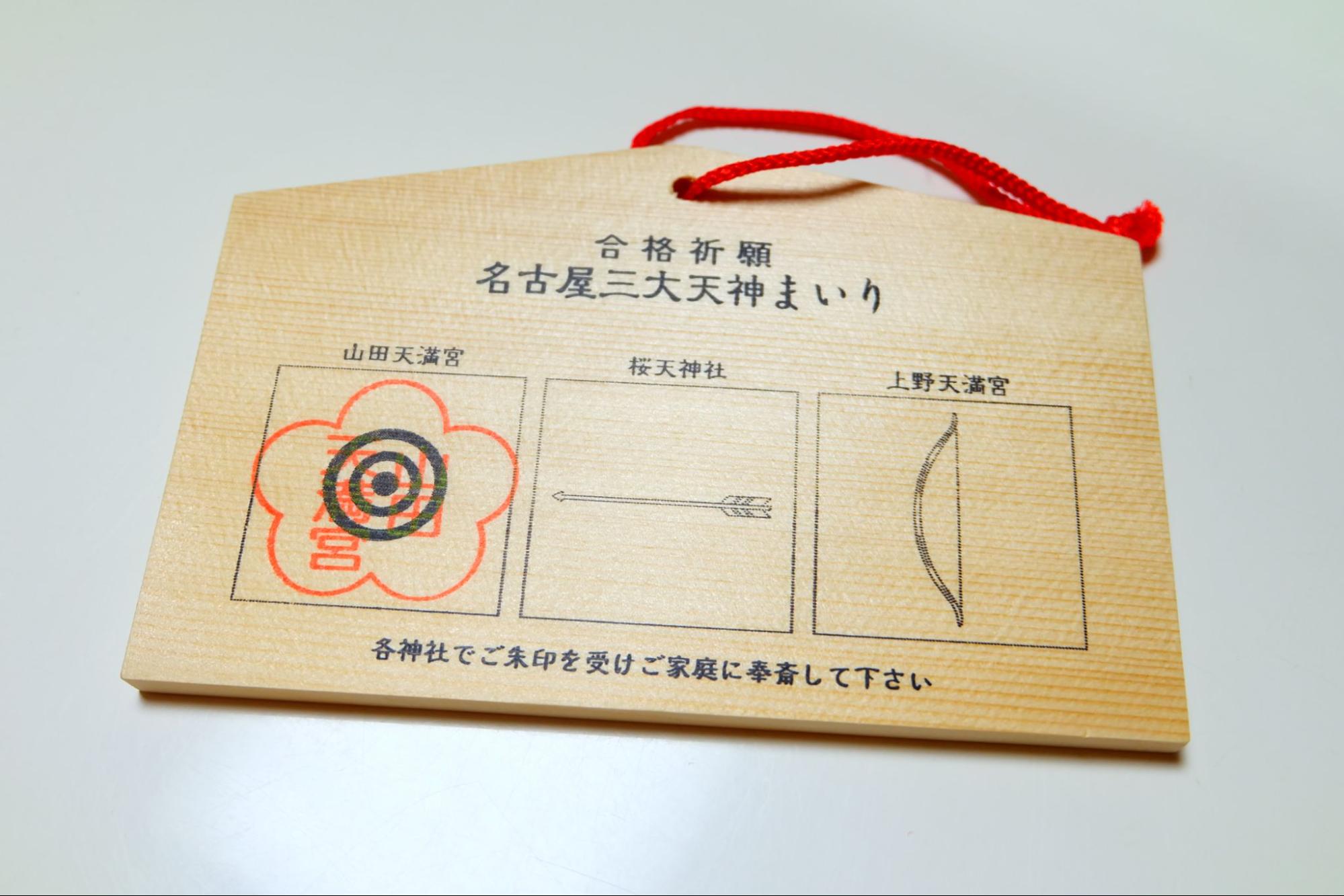
Ema 1,000 yen (including 200 yen stamp). The remaining two companies charge a red stamp fee of 200 yen each.
If you want to make your prayers for success even stronger, how about visiting the three major Tenjin shrines in Nagoya? In addition to Yamada Tenmangu Shrine, if you visit Ueno Tenmangu Shrine and Sakuraten Shrine, you can expect to receive a goshuin (red ink stamp) on each of the pictured votive plaques, which will increase your divine virtues.
If you visit the third shrine, you can also get a special "Tenjin statue guard"!
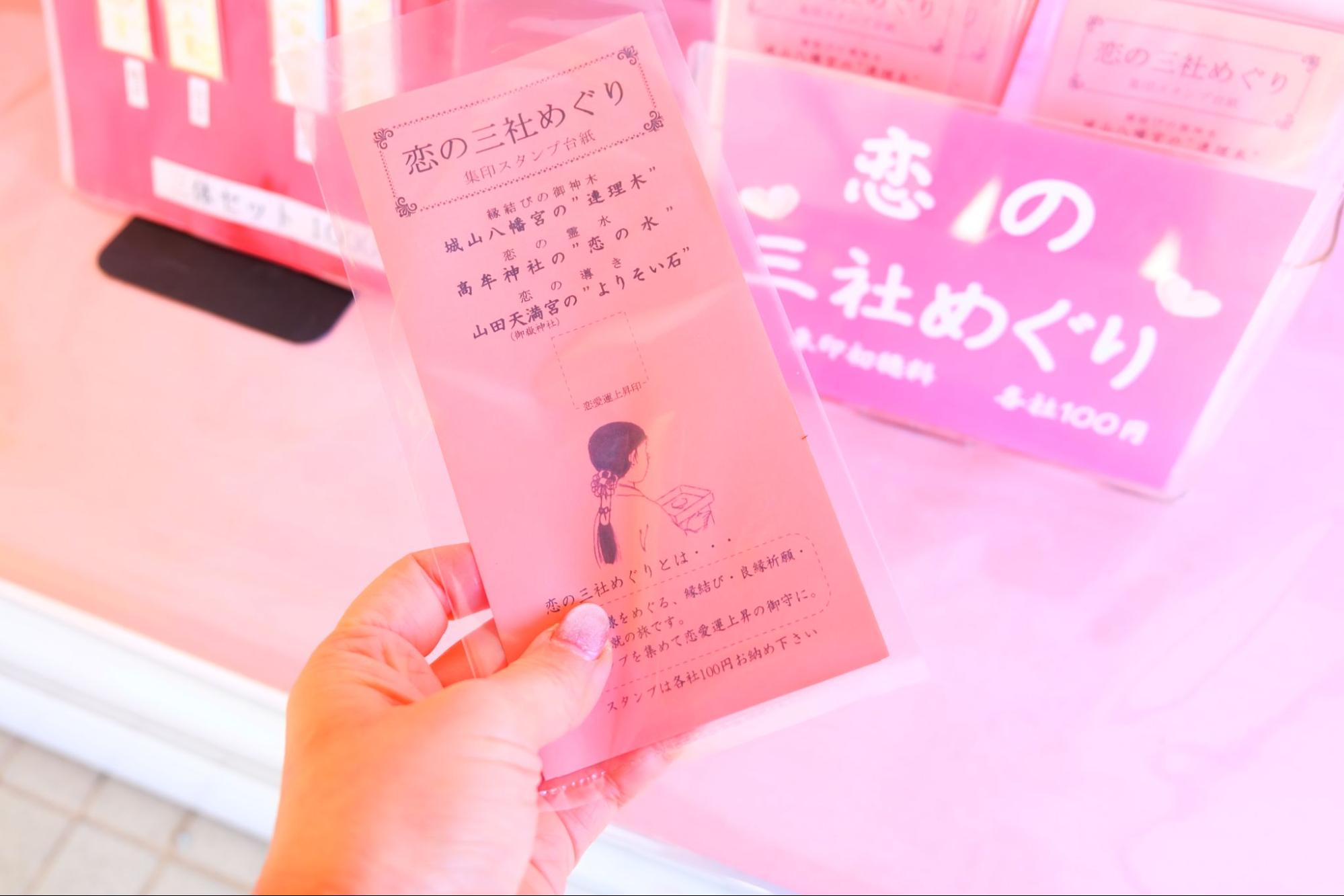
This is "Koi no Sansha Meguri". For those who pray for matchmaking, if you collect stamps at Ontake Shrine, Takamu Shrine, and Shiroyama Hachimangu Shrine, you can get a commemorative gift at the last shrine. *Each red stamp fee is 100 yen.
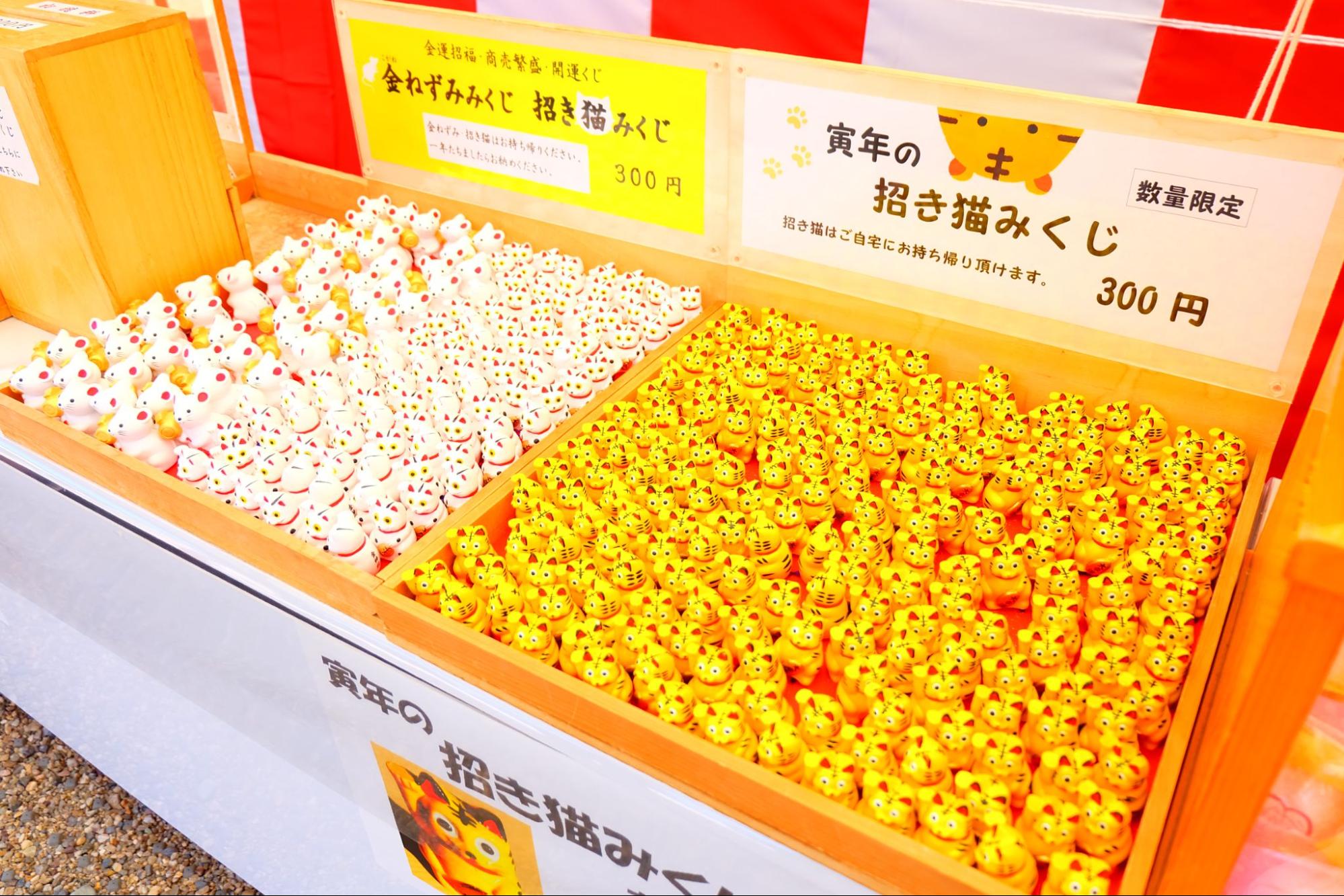
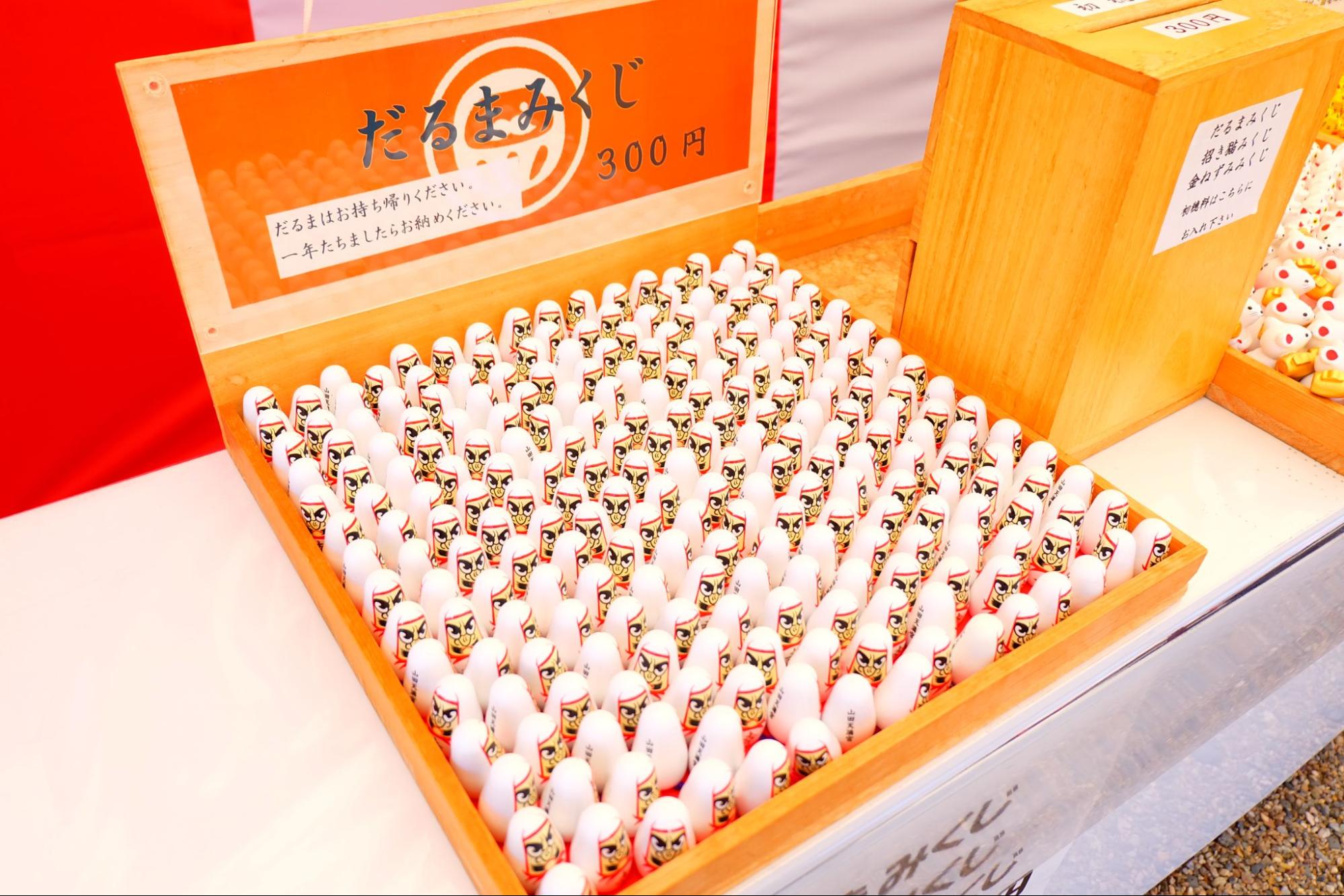
There are many cute omikuji fortune slips, such as the "maneki-neko omikuji", the "golden mouse omikuji", which is the messenger of the god of the gold shrine, and the "daruma omikuji".
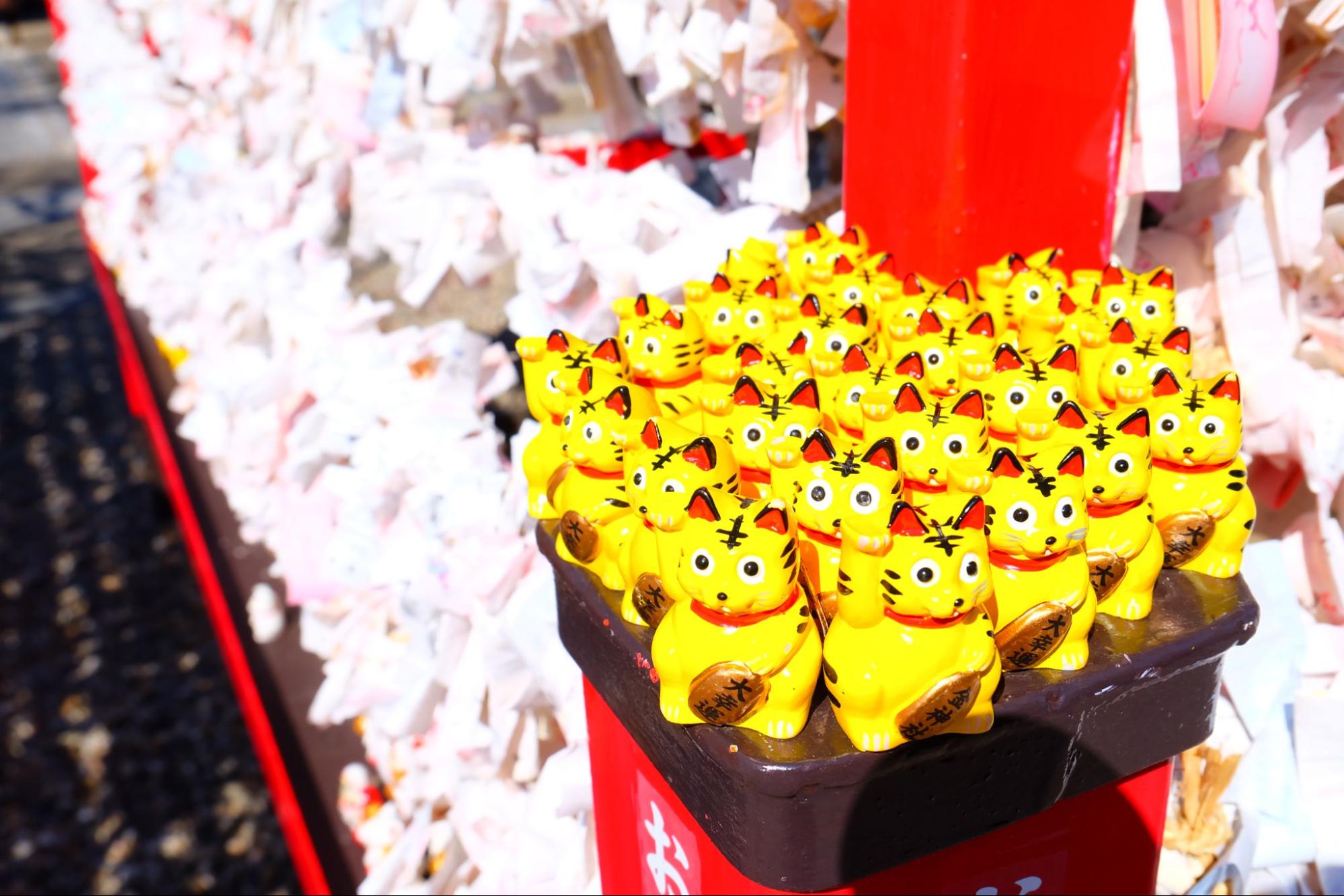

This year is the year of the tiger, so there are a lot of tiger omikuji! ※Basically take home the zodiac oracle.
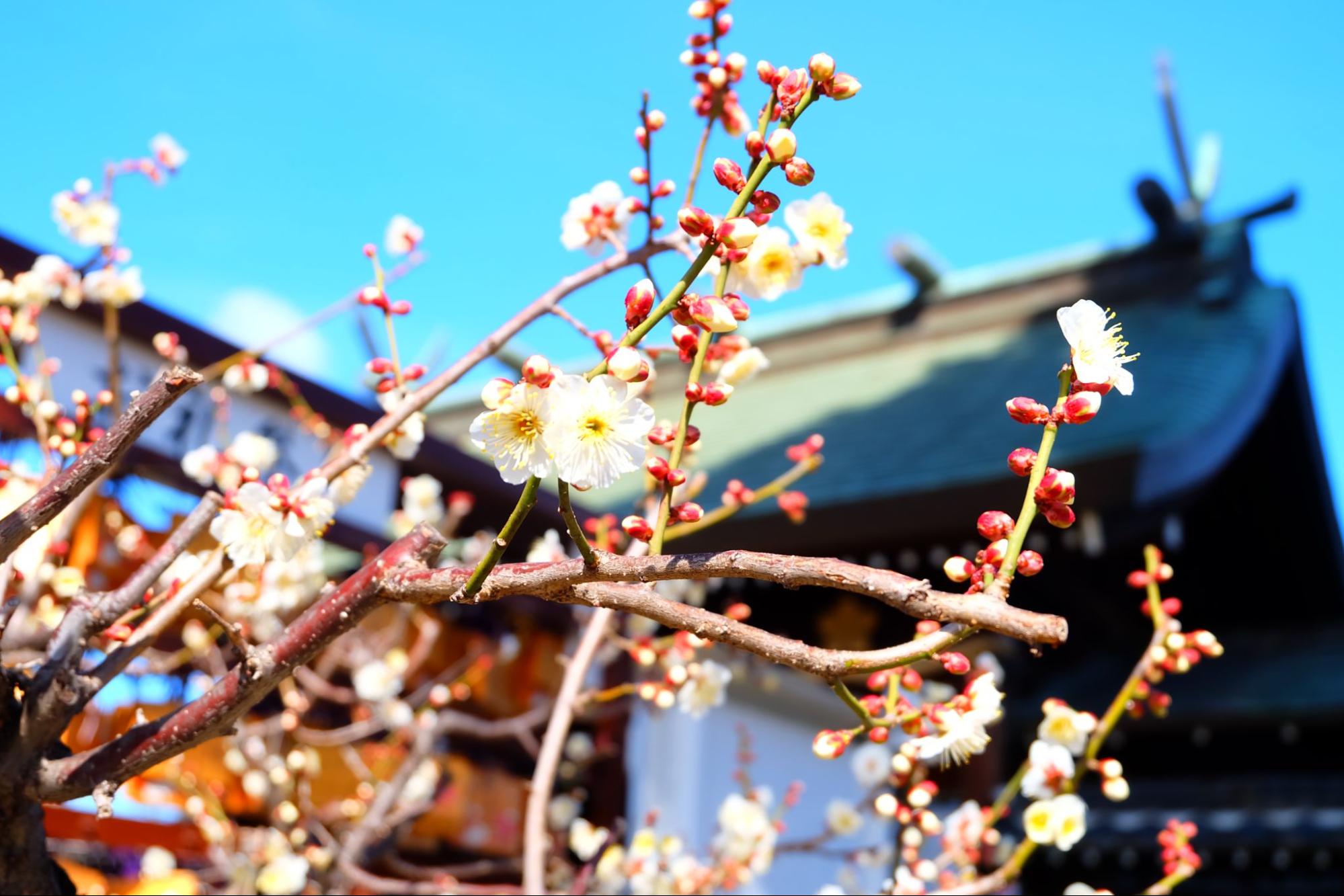
Yamada Tenmangu Shrine enshrines various gods. I am happy that there are many gods who have their own virtues, not only for academics, but also for marriage and fortune. While strolling through the precincts, which are colored with red and white plums in spring, please try to remember the plums that Michizane loved so much.
![[Ozone, Nagoya] "Yamada Tenmangu" where you can Visit with All Kinds of Purposes| Spots for going out in Kita Ward, Nagoya > Shinto shrines and temples | Life Designs | Traveling and Living in Nagoya, Aichi, Gifu and Mie](https://life-designs.jp/wp/wp-content/themes/wp-templ/assets/img/common/logo.svg)

![[Ozone, Nagoya] "Yamada Tenmangu" where you can Visit with All Kinds of Purposes](https://life-designs.jp/wp/wp-content/uploads/2022/02/image31-4-2.jpg)

![[Tokai Area] Shrines and Temples](https://life-designs.jp/wp/wp-content/uploads/2022/03/4b6784b9a0a6f408160ee9c32a307138-1024x580.png)
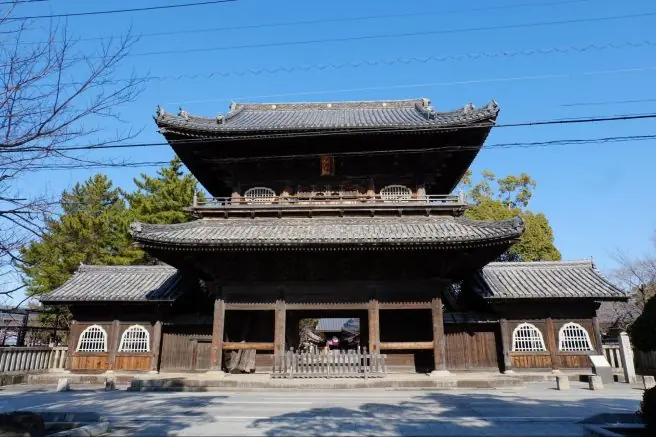


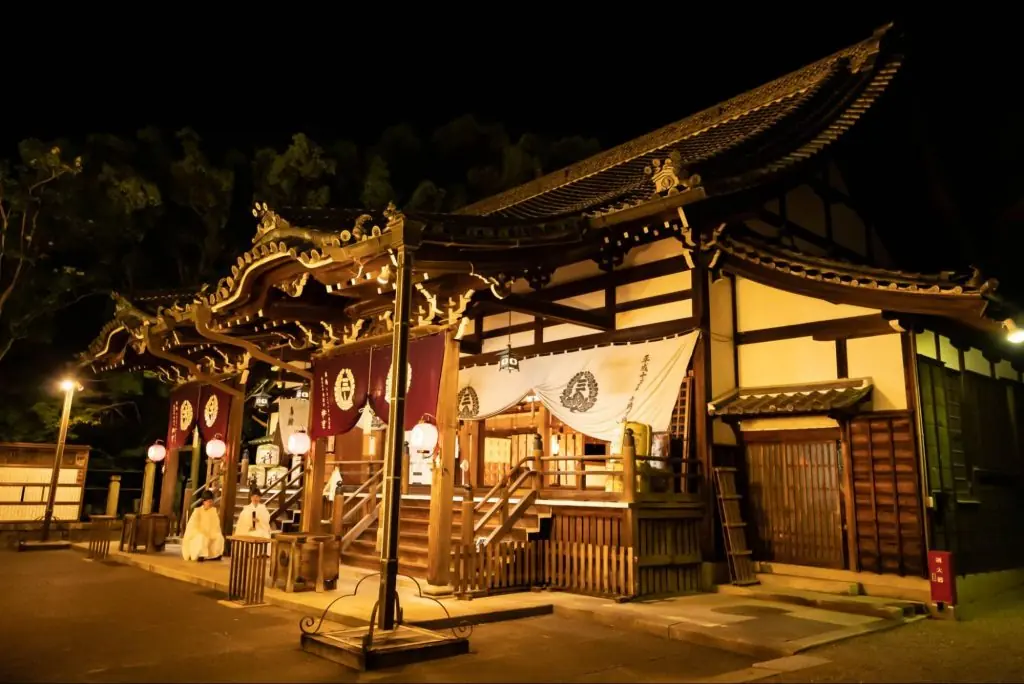
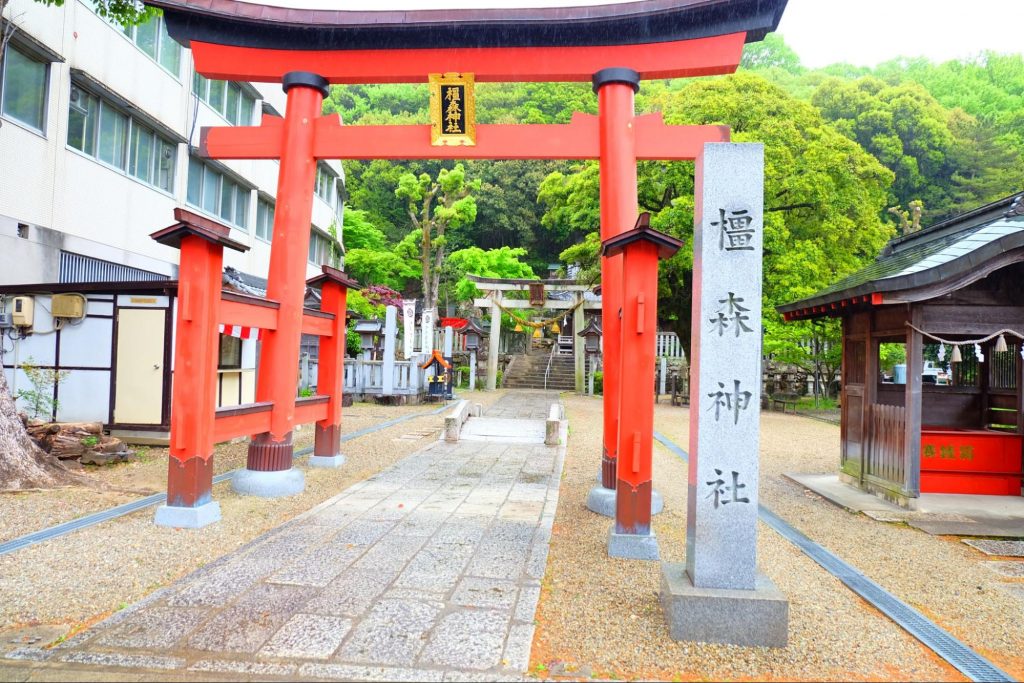
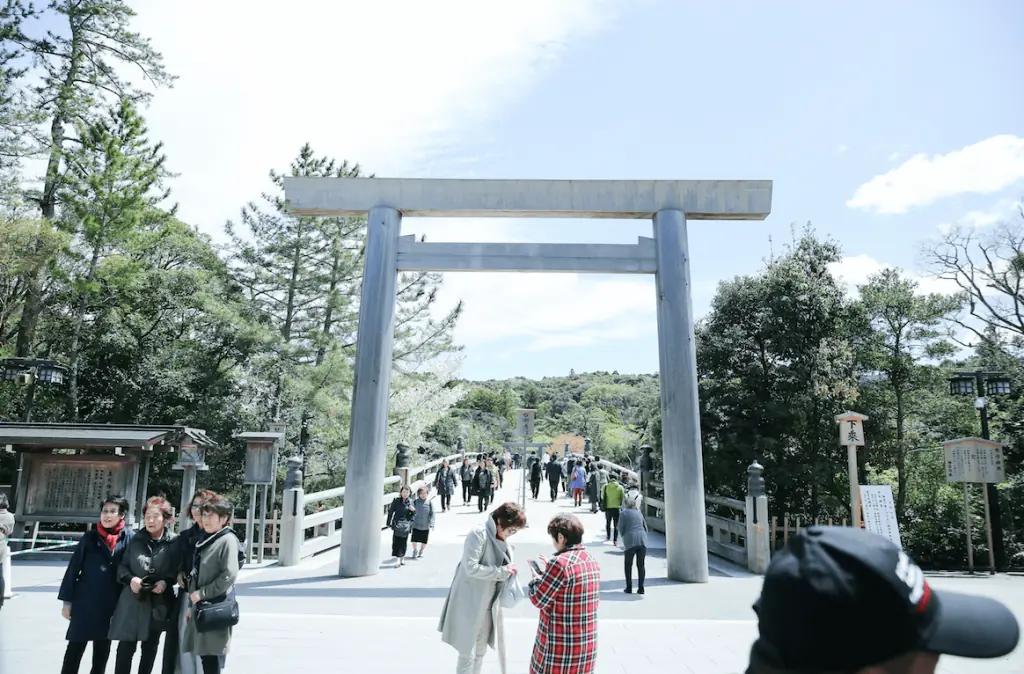
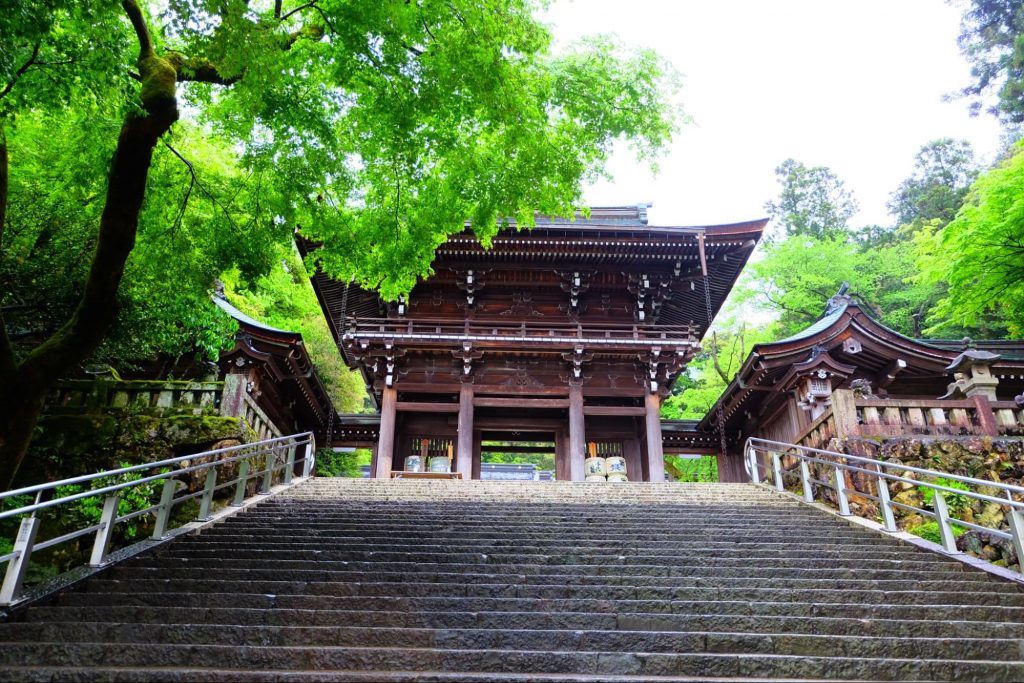
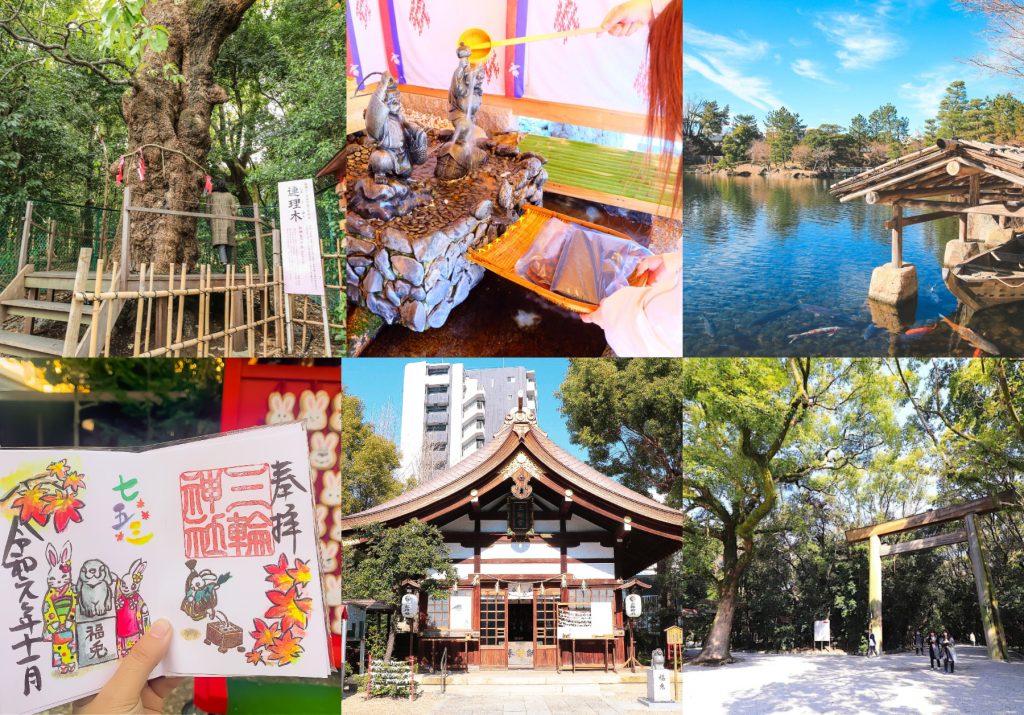
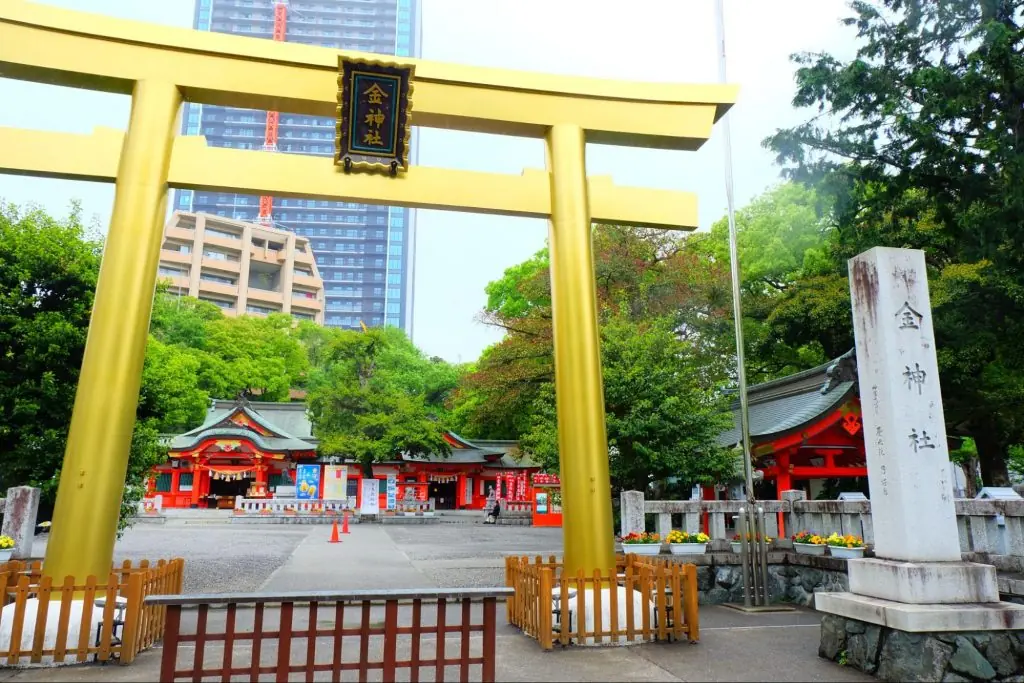
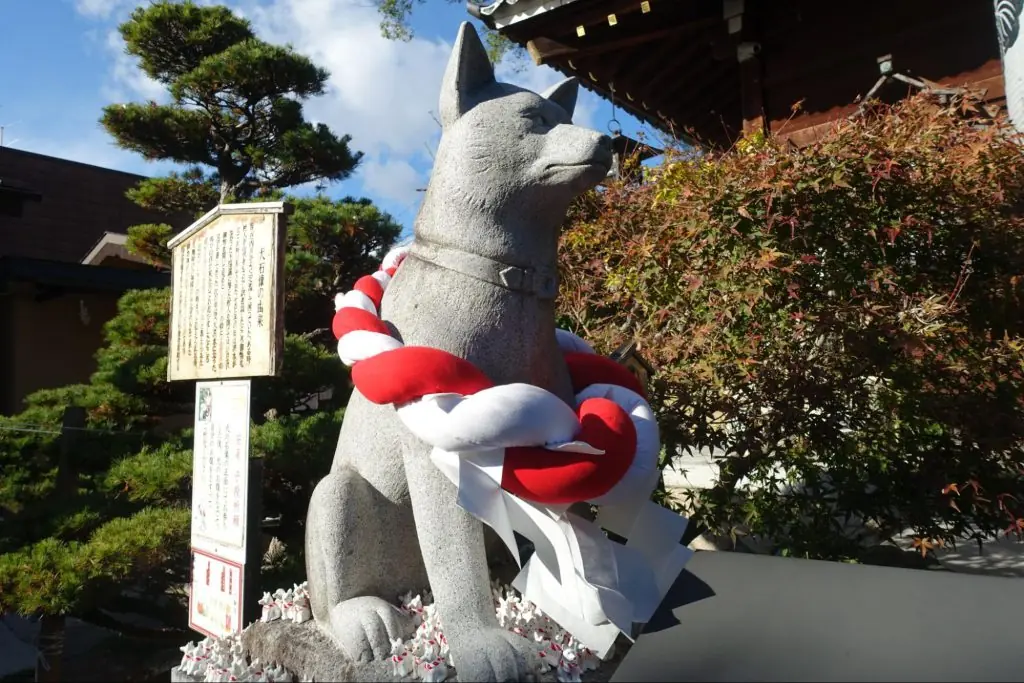

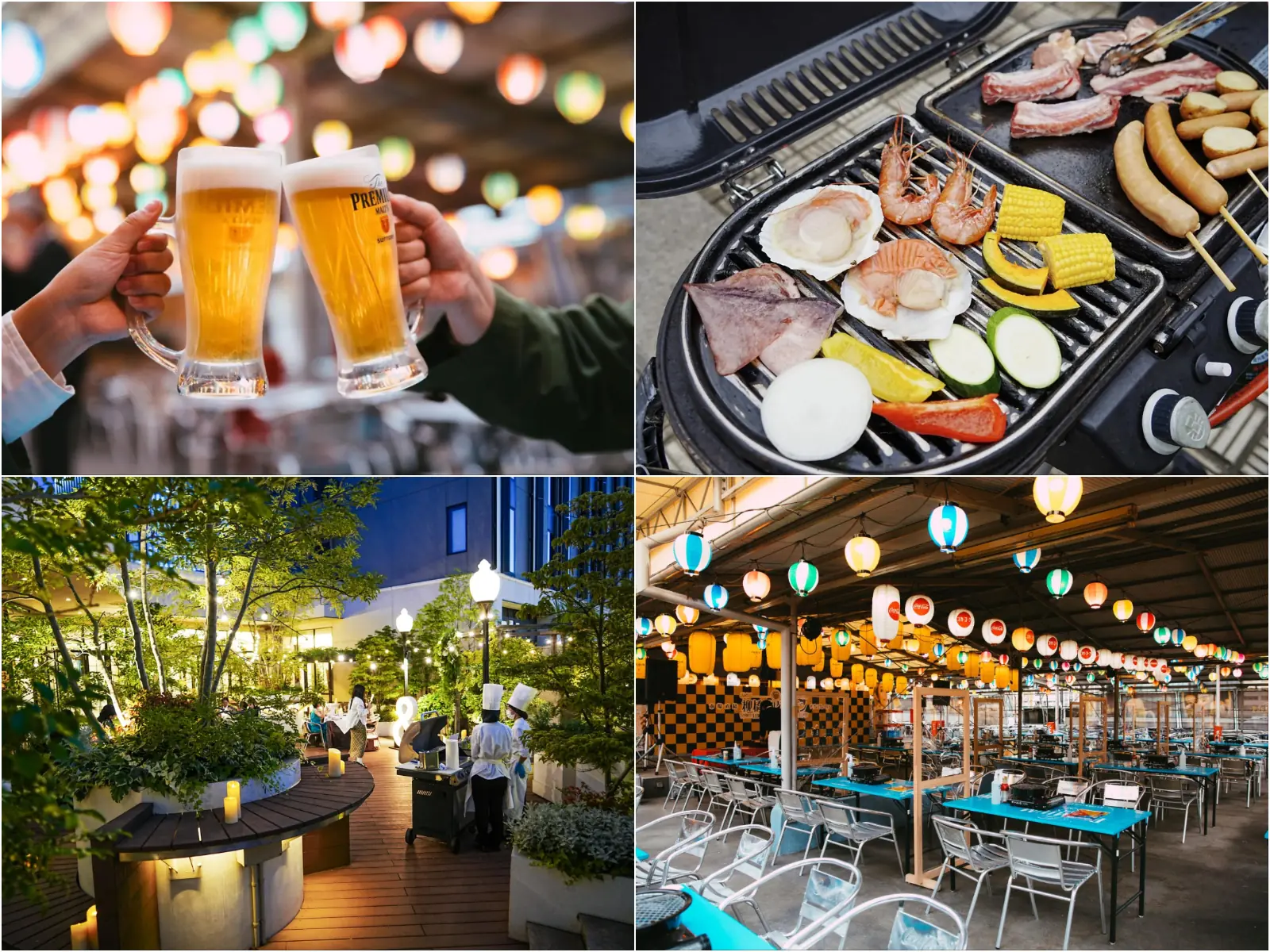
![[Indoor Facilities] Where to Go on Rainy Days in Tokai Area! For Family Outings!](https://life-designs.jp/wp/wp-content/uploads/2023/07/FotoJet-23.jpg)
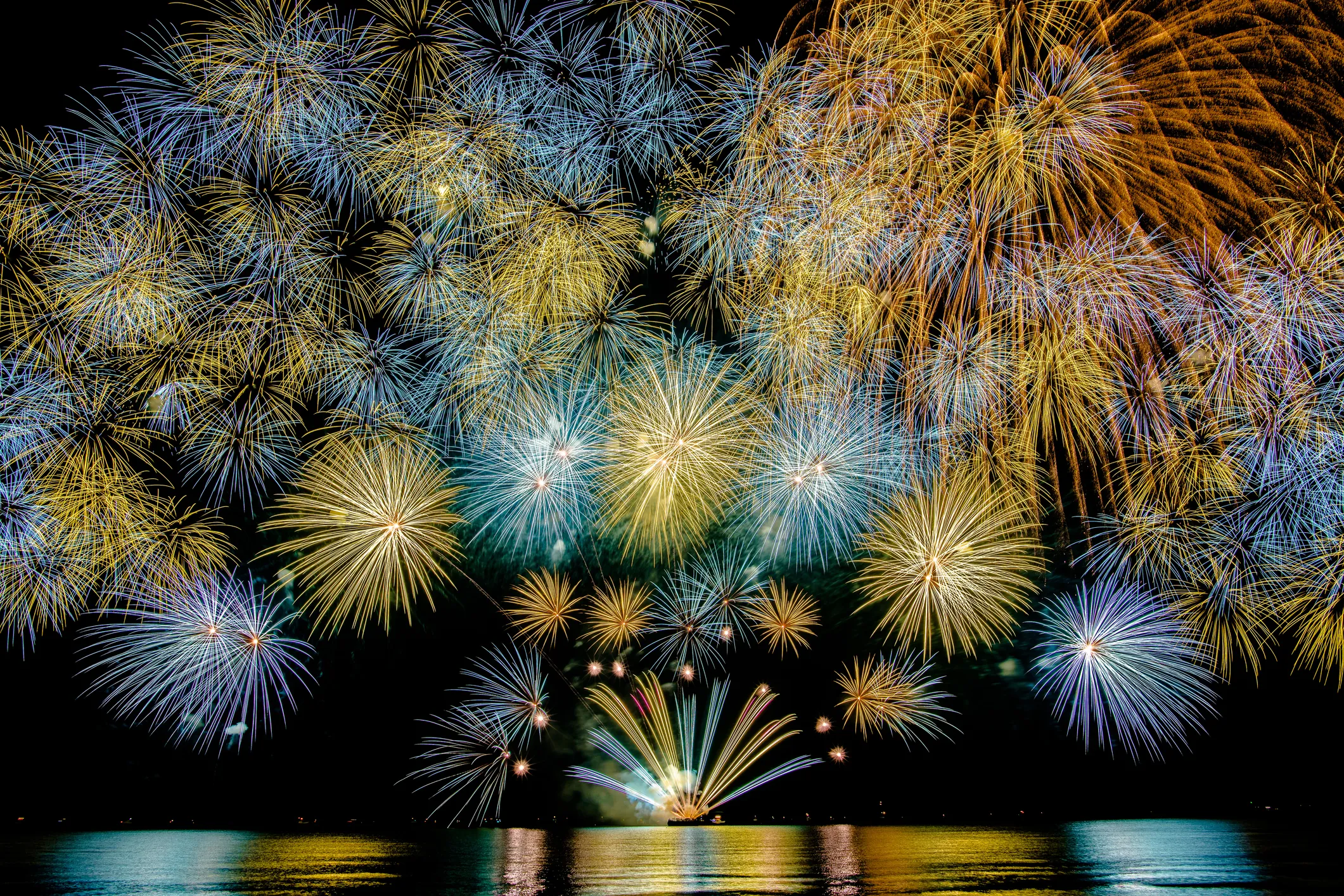
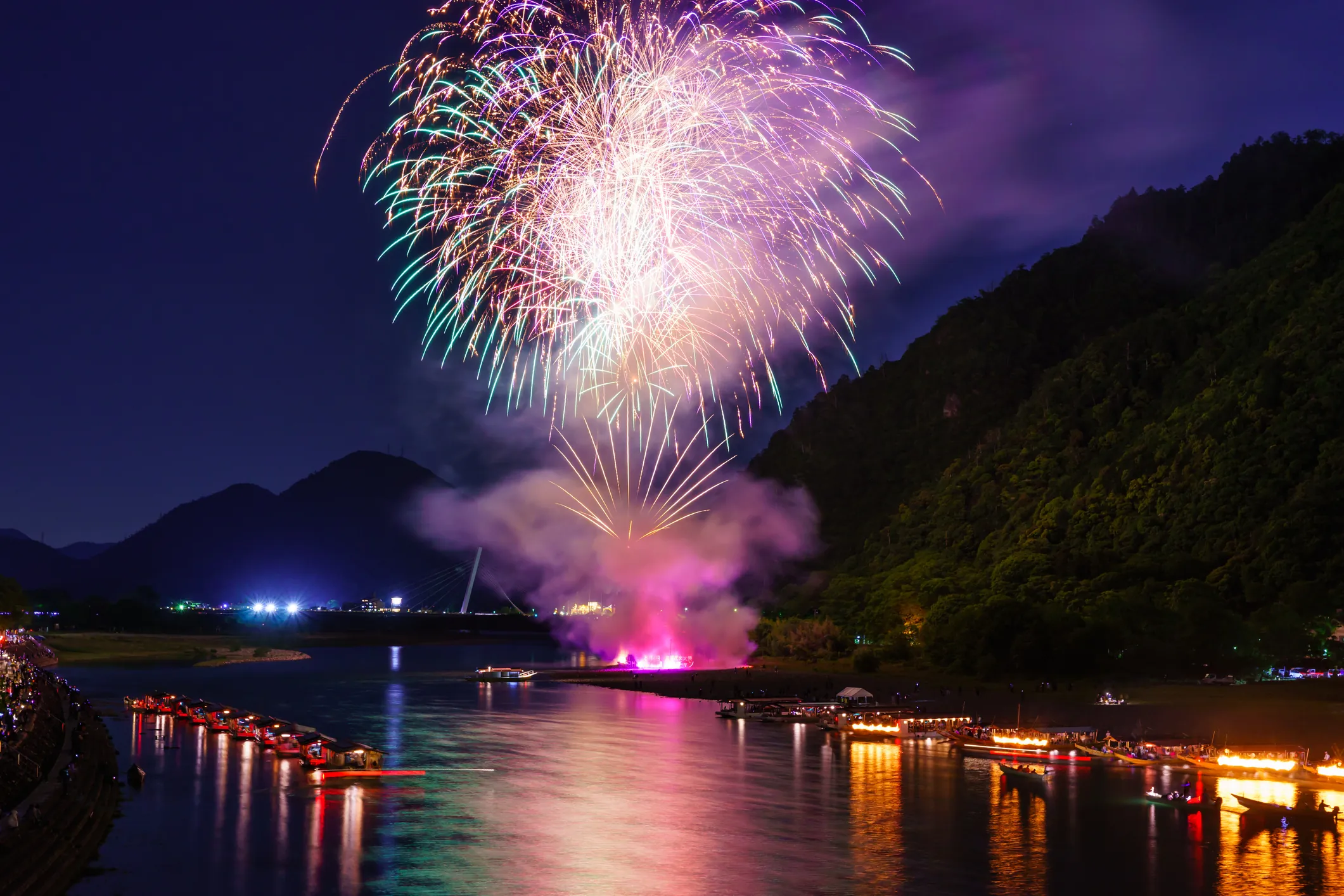

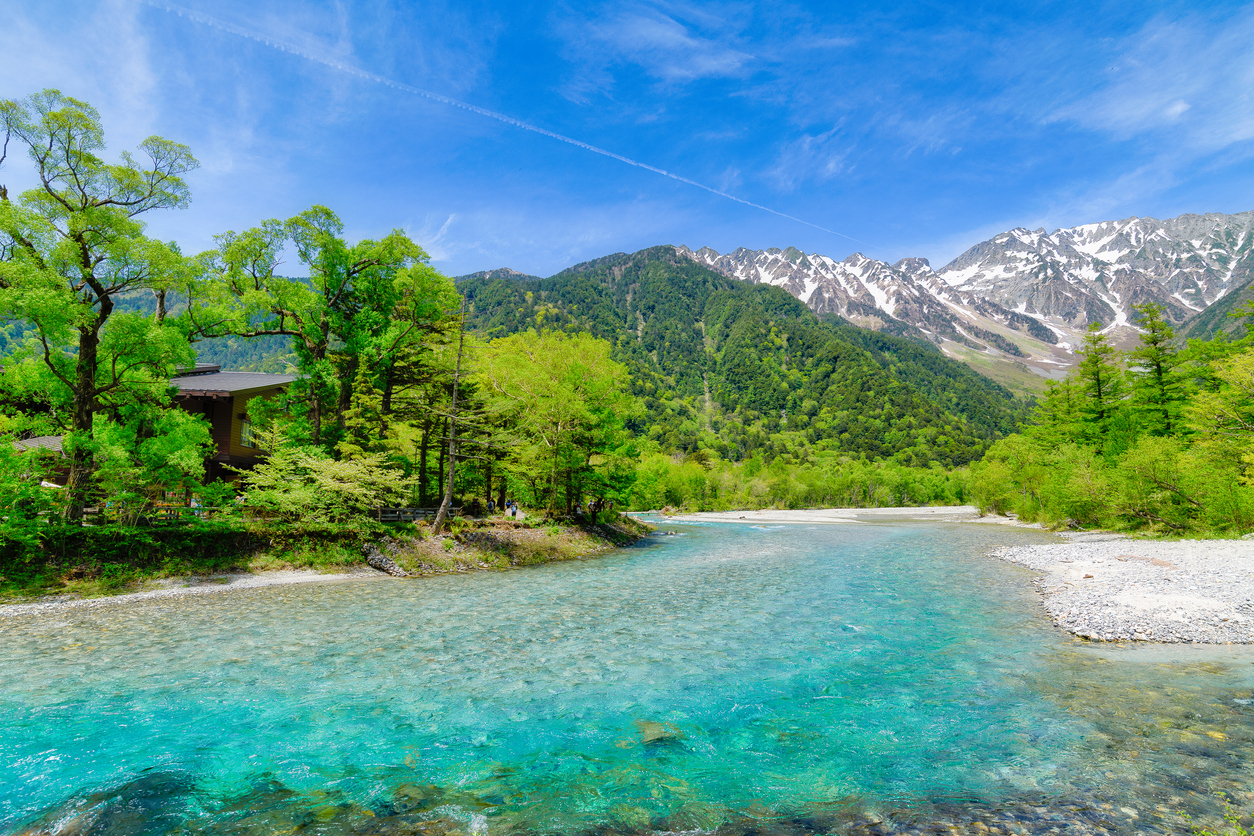
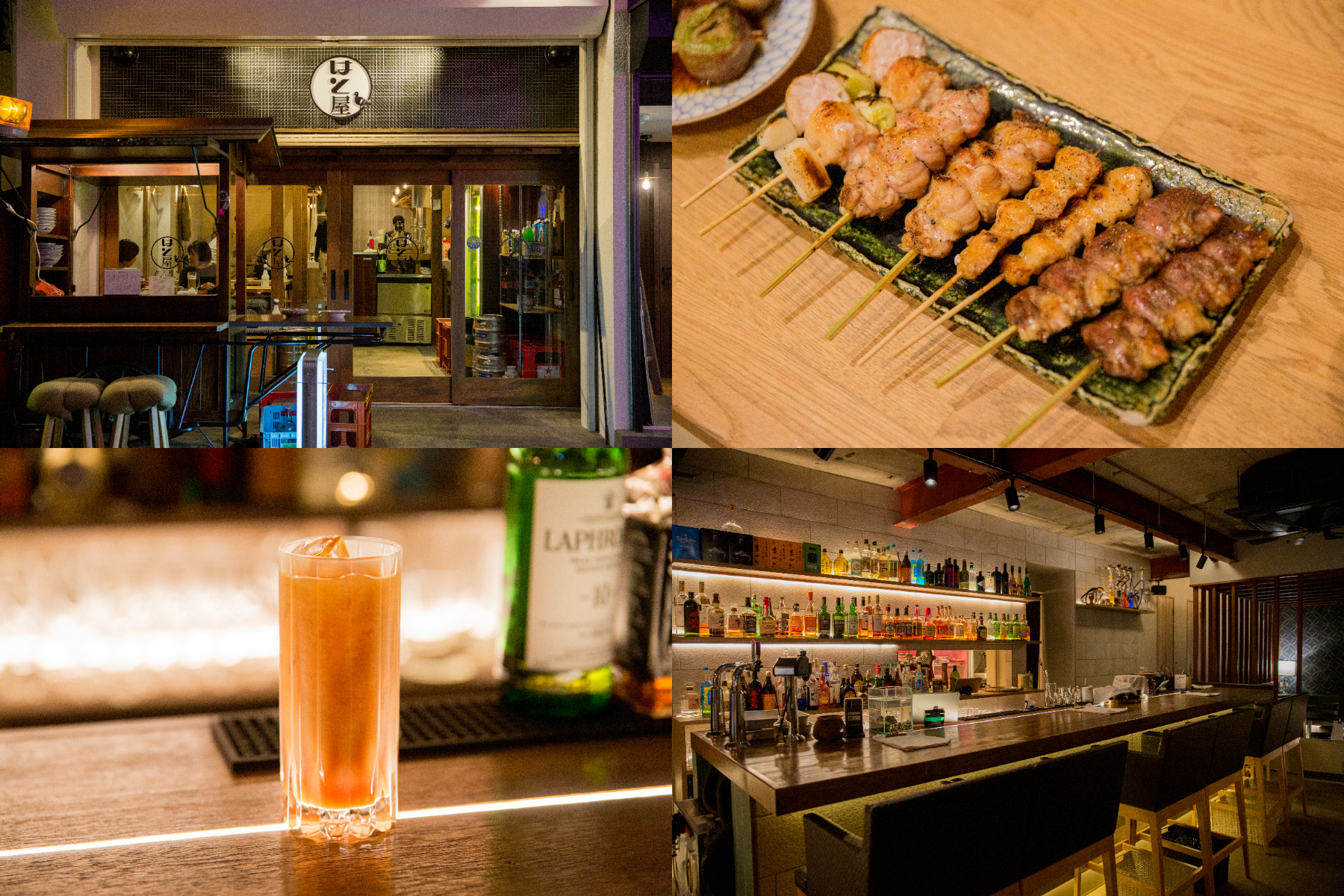
![[Enjoy Kuwana! ] From Classic to the Latest Spots](https://life-designs.jp/wp/wp-content/uploads/2022/11/Kuwana_w1920x1088-1-768x435.png)
![[Ghibli Park] Beginner's Guide](https://life-designs.jp/wp/wp-content/uploads/2023/07/ghiblipark_w1920h1088_20240422-768x435.png)
![[Nagoya-meshi] Nagoya's Speciality Dishes](https://life-designs.jp/wp/wp-content/uploads/2022/06/5ba2ca8c038fd4af7527bc0826367cfb-1024x580.png)
![[Tokai Area] Place to Go on Rainy Days!](https://life-designs.jp/wp/wp-content/uploads/2022/03/f76405aaa33944a4ba88a131fbc56523-1024x580.png)
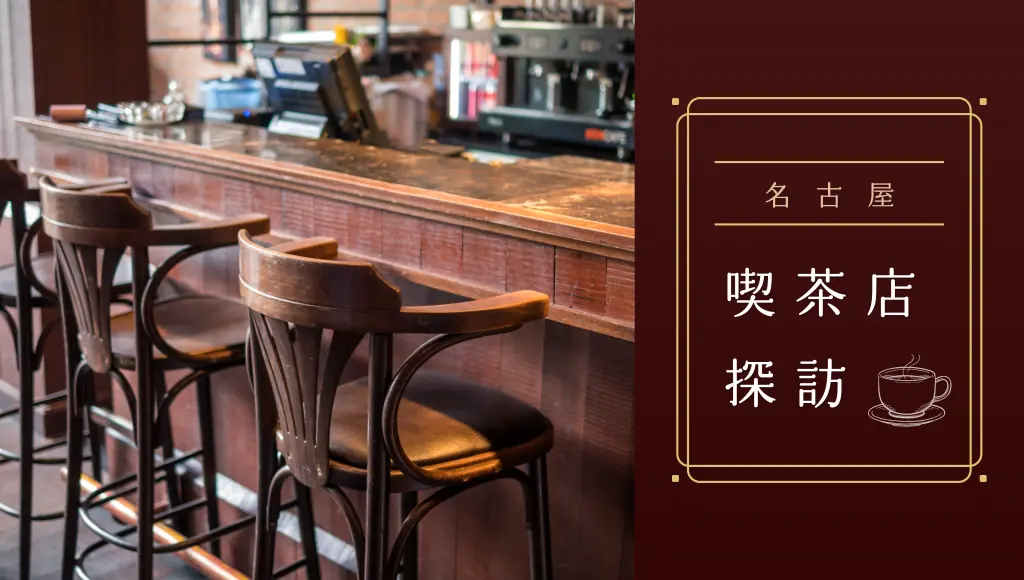
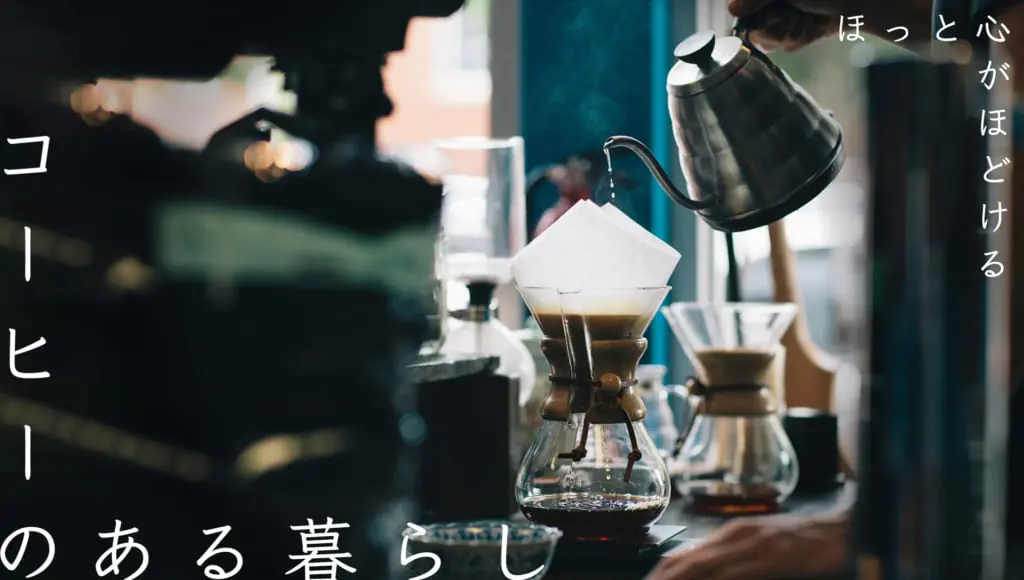

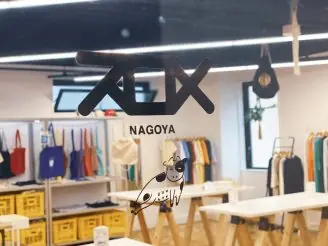

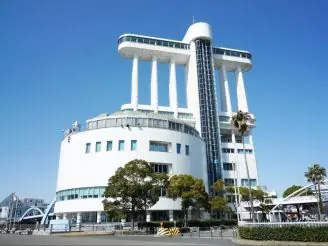
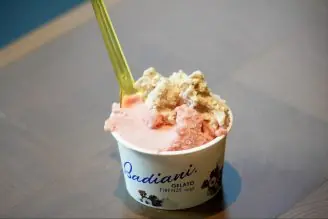
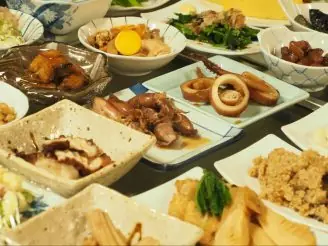

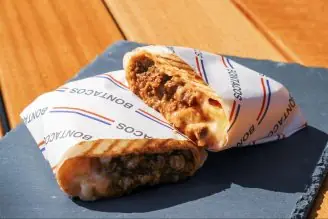


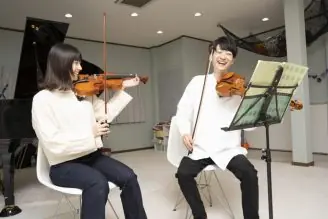
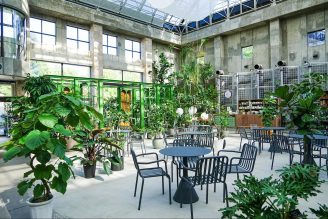
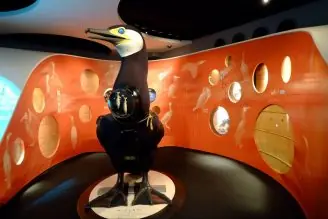
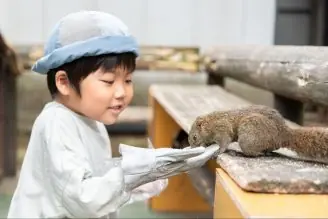
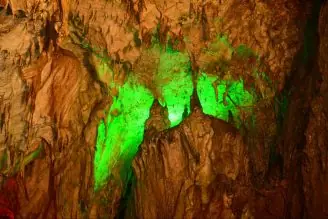
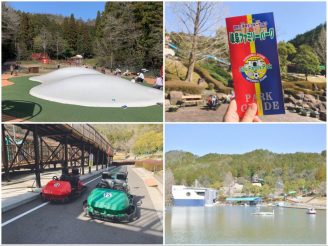
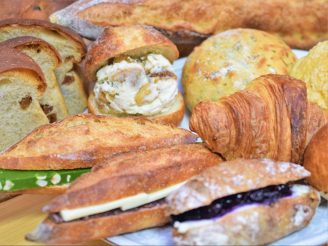
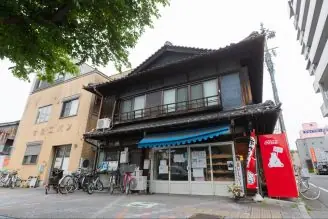
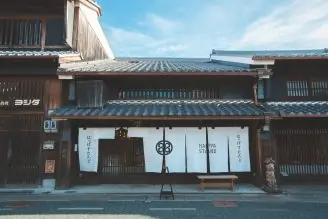
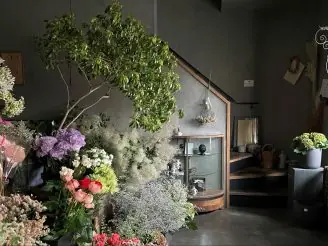
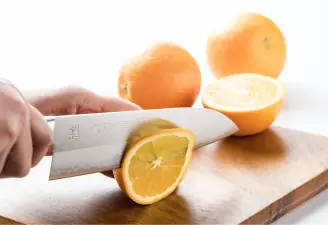
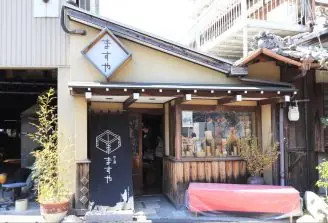
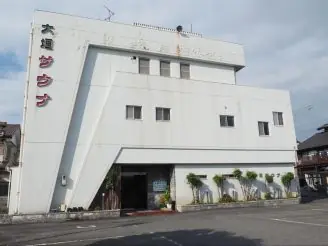
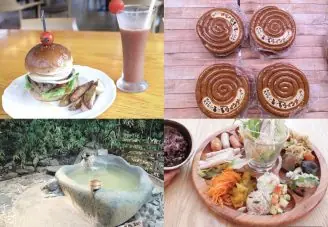
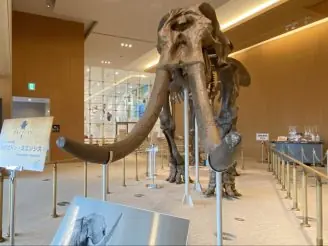

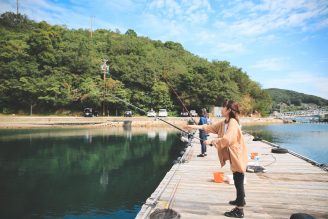
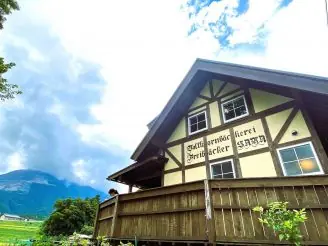


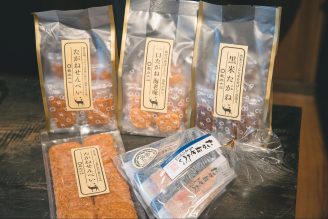
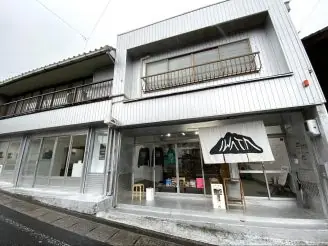
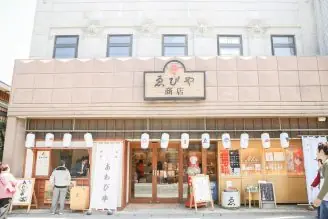
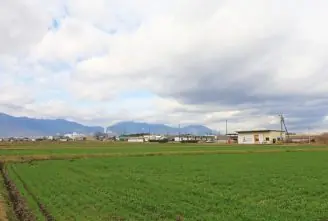
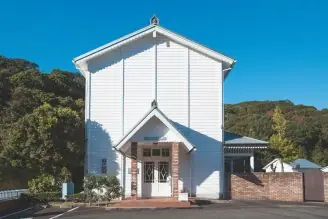
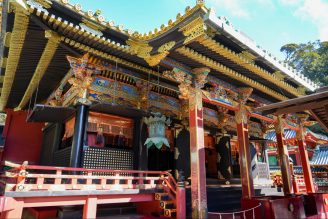
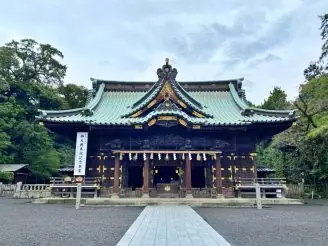
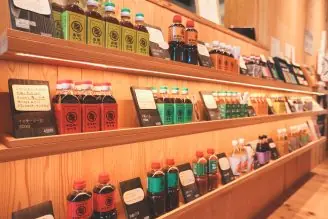
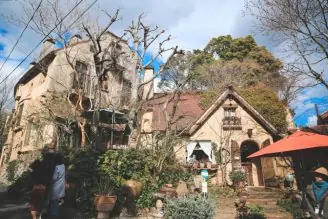
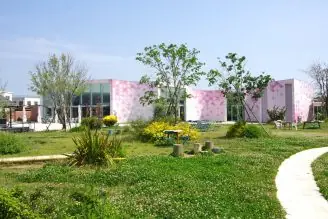
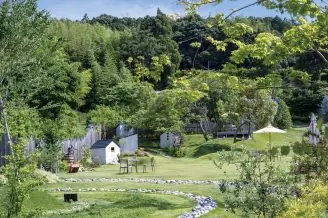
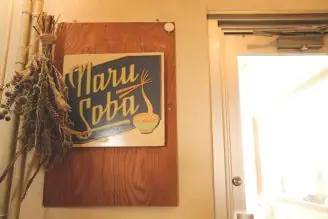





![Onigiri is hot right now! Summary of Osu's Onigiri Specialty Shops [5 selections].](https://life-designs.jp/wp/wp-content/uploads/2023/11/onigiri-1024x768.jpg)

![[10 selections] Recommended for Girls' Trip from Nagoya! Special feature on Hotels and Inns](https://life-designs.jp/wp/wp-content/uploads/2022/11/FotoJet-1-1024x768.jpg)
![[20 Selections] Nagoya Souvenirs: Non-Sweet & Recommended Snacks Available at Nagoya Station](https://life-designs.jp/wp/wp-content/uploads/2025/07/image3-2-1024x683.jpg)
![[Aichi, Gifu, Mie] 30 Family-Friendly Spots to Go in Winter!](https://life-designs.jp/wp/wp-content/uploads/2019/12/image21-1-768x543.png)
![[Within 2hrs by Car] 12 Outing Areas where You can Go on a Day Trip from Nagoya!](https://life-designs.jp/wp/wp-content/uploads/2023/07/odekake12_w1200h900_20240422-328x246.png)
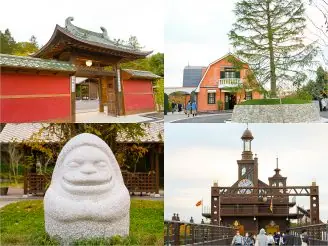
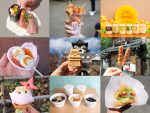
![[Nagoya, Aichi] Recommended Shops to Buy Tablewares around Nagoya](https://life-designs.jp/wp/wp-content/uploads/2019/11/image12-26-150x100.jpg)
